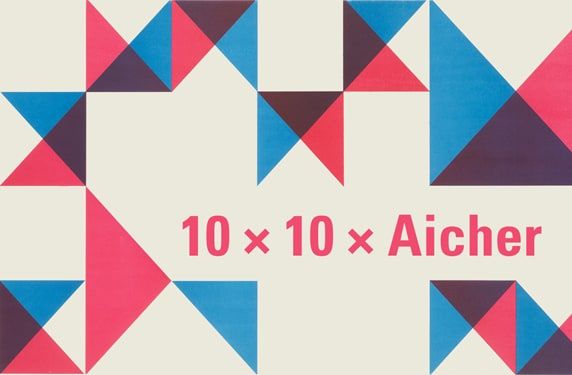What’s become of Otl Aicher’s former abode? A visit to the Allgäu.
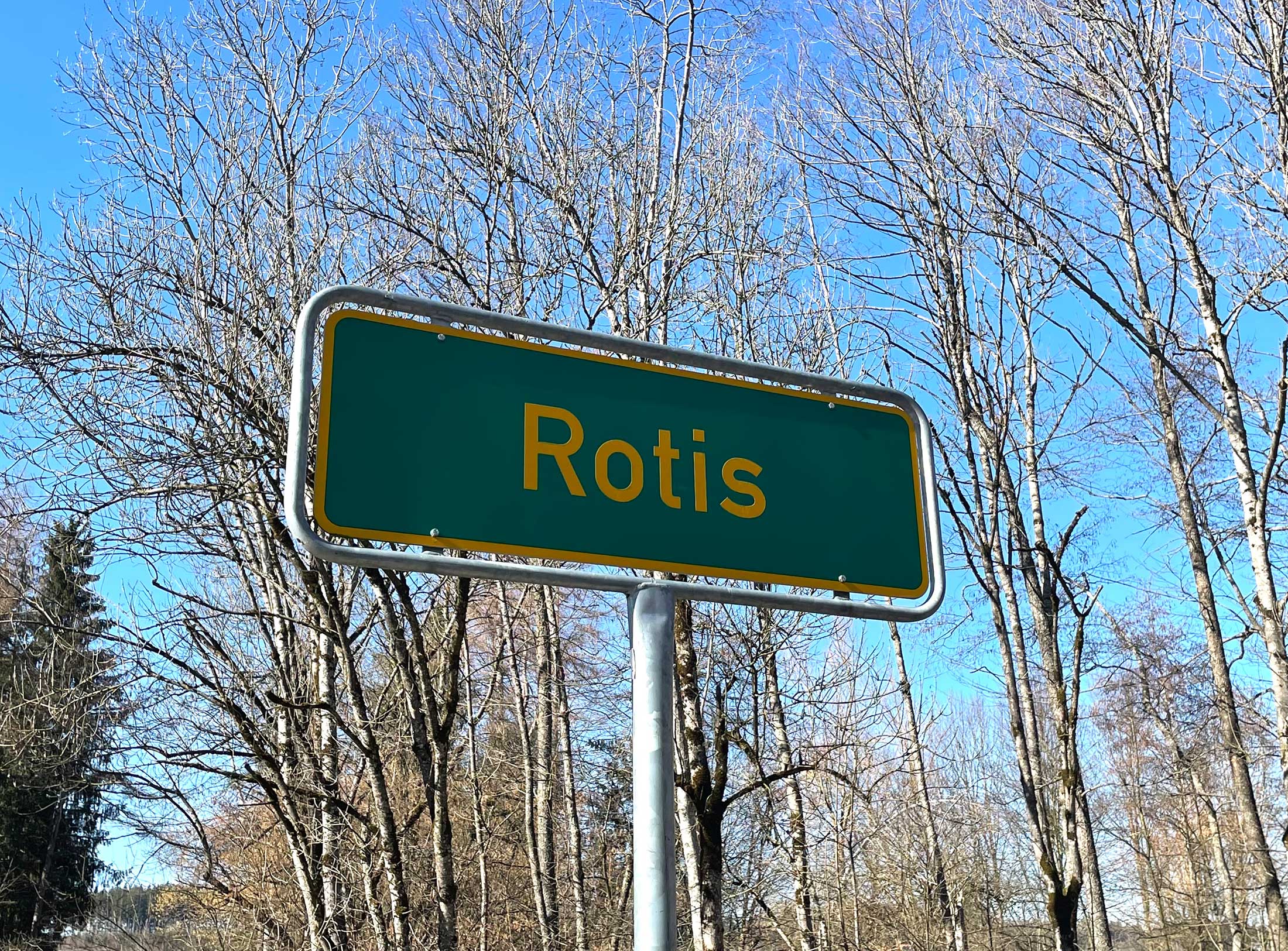

What’s become of Otl Aicher’s former abode? A visit to the Allgäu.
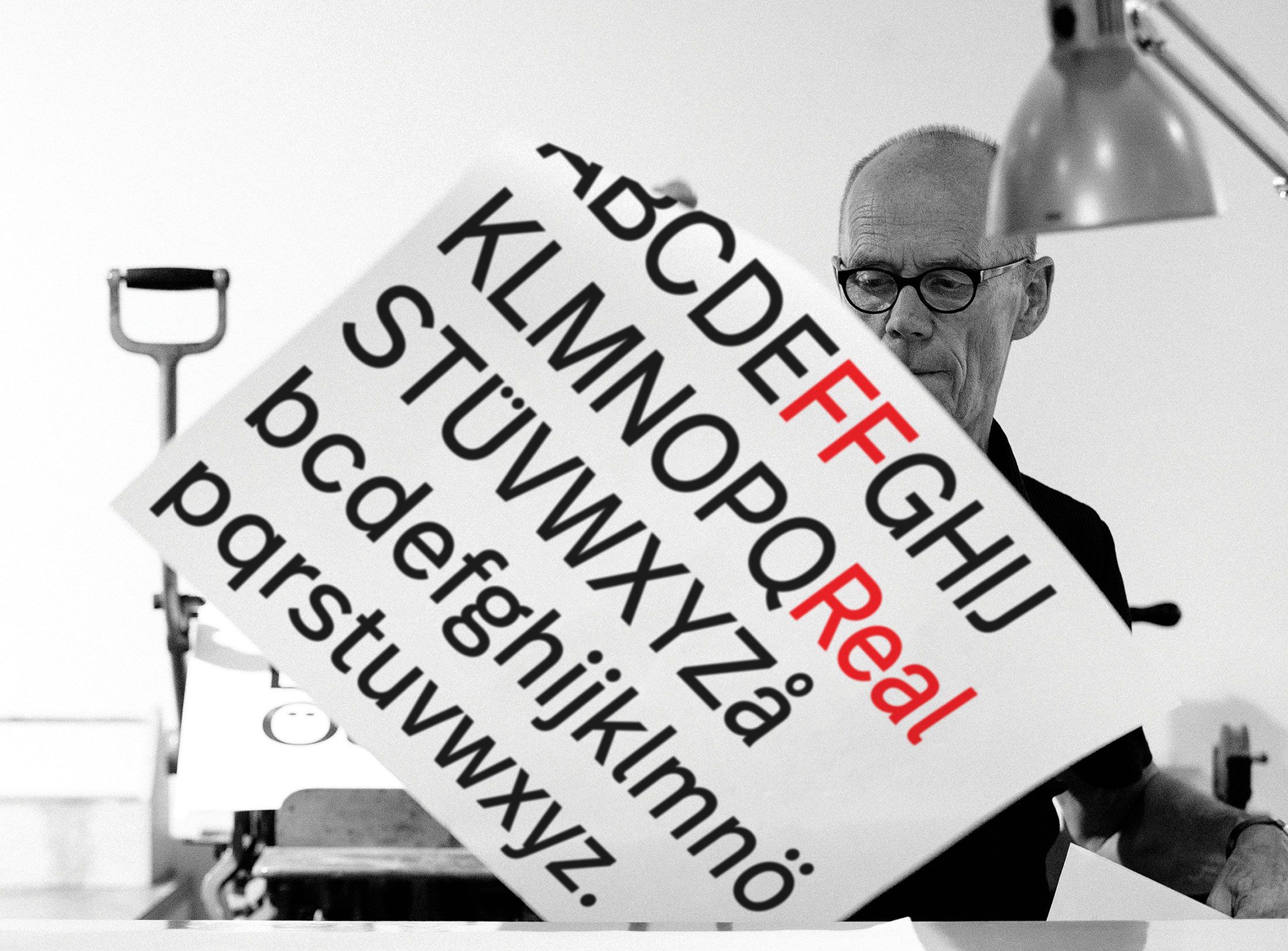
Interviewed: Erik Spiekermann, type designer, author and Aicher critic.
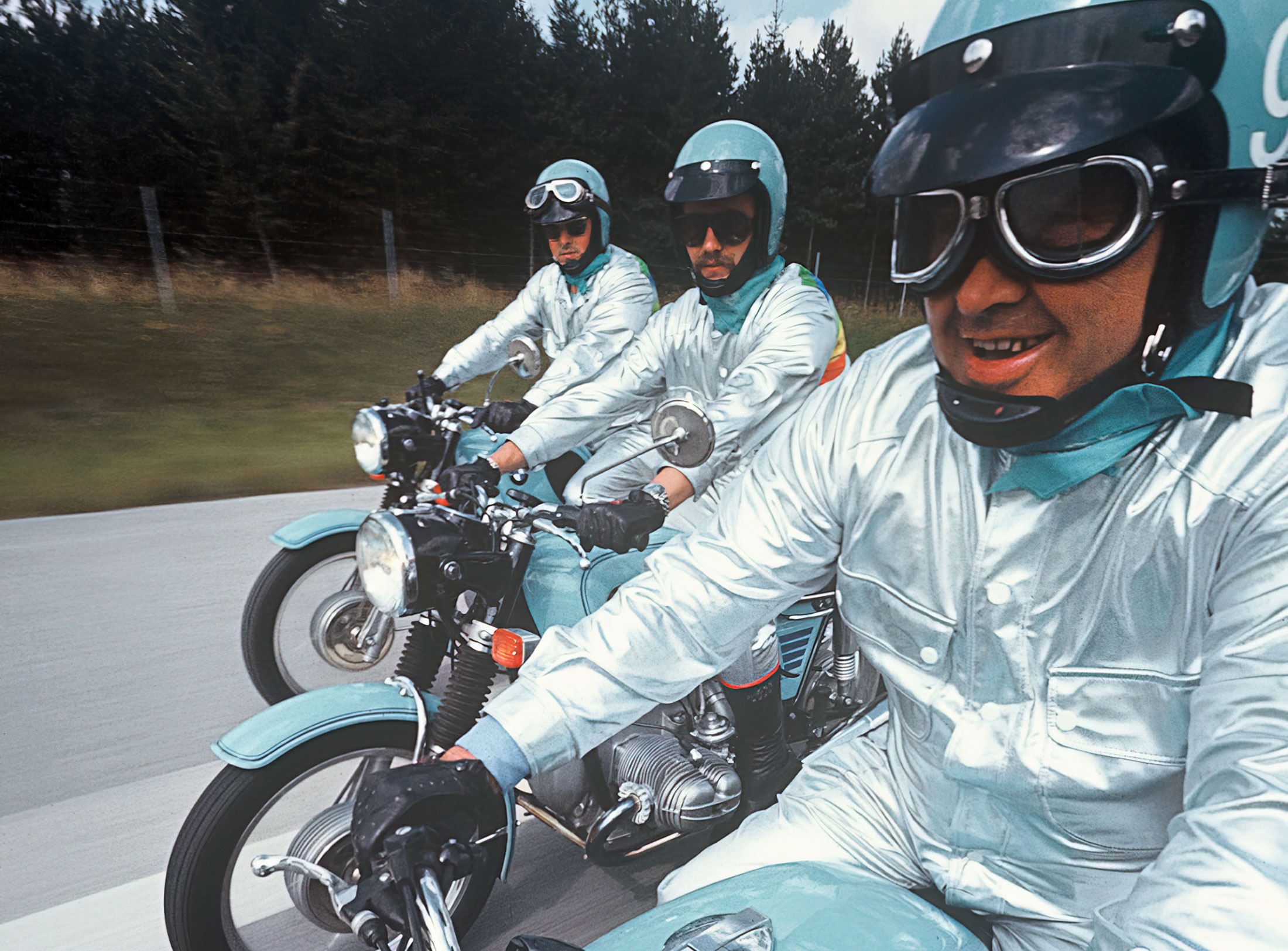
Technology: a central notion and fixed point of perspective in the work of Otl Aicher.
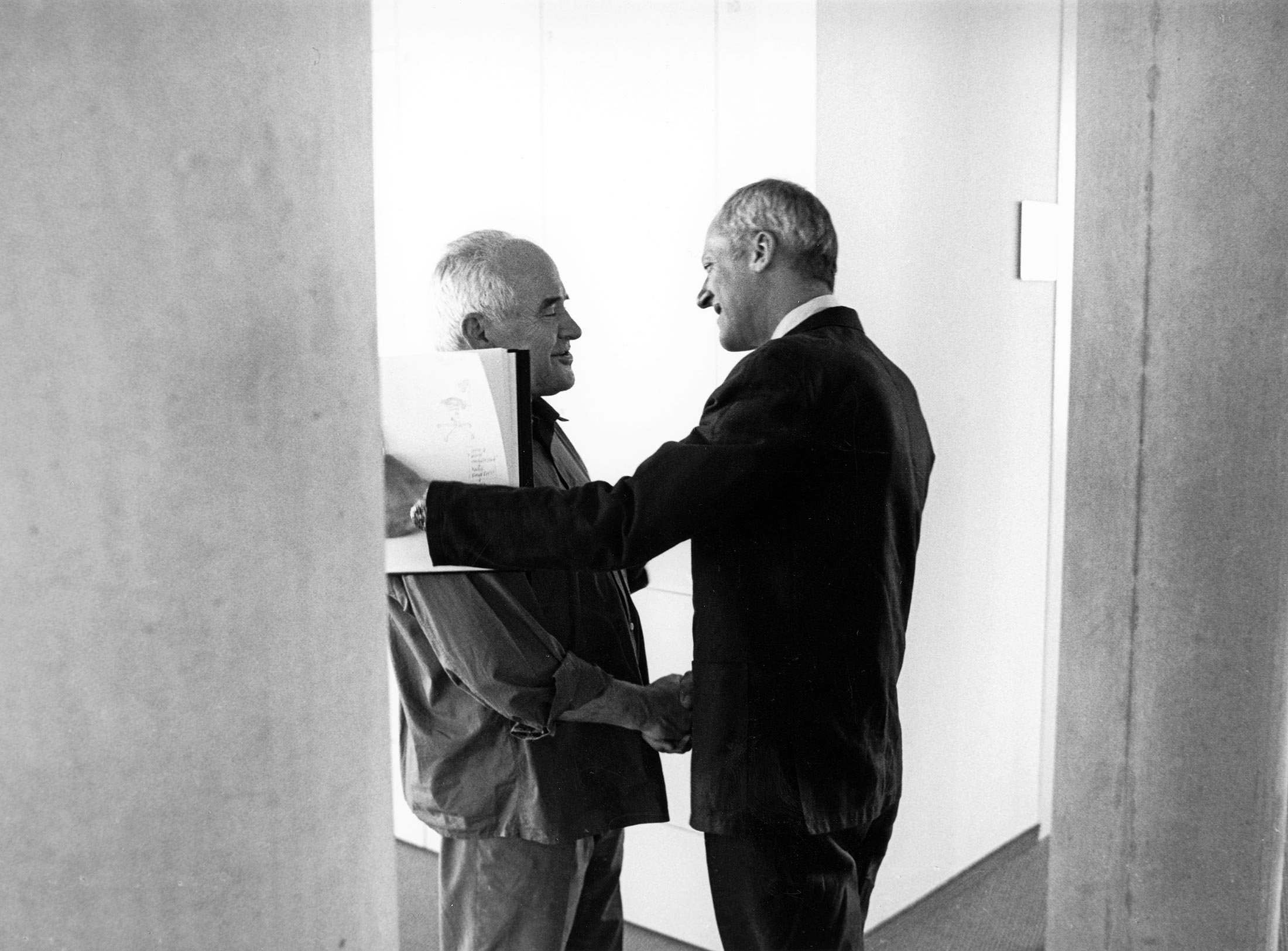
The British architect Norman Foster on his friendship with Otl Aicher: He had absolute integrity.
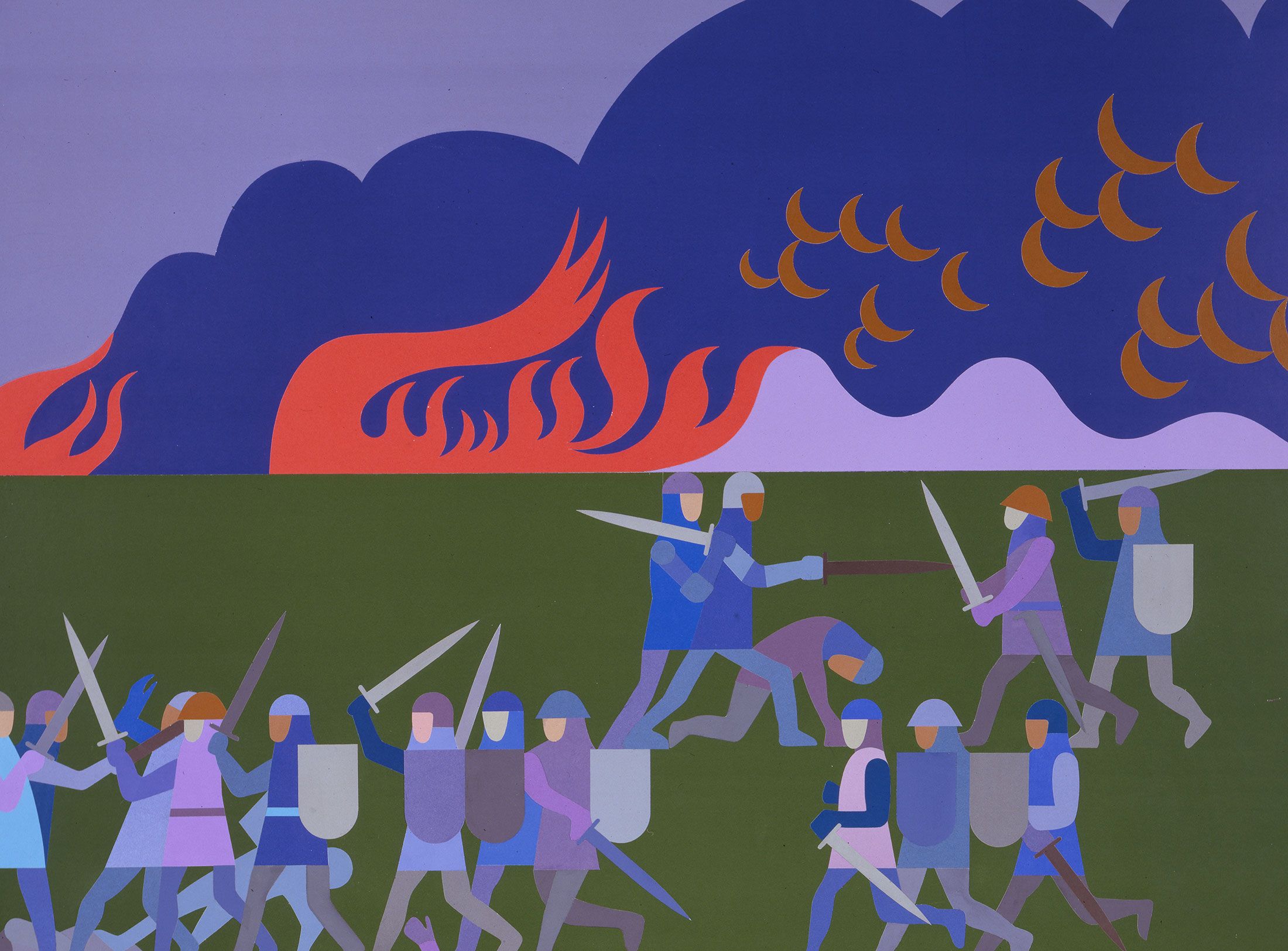
Thoughts on the colour palettes of Otl Aicher.
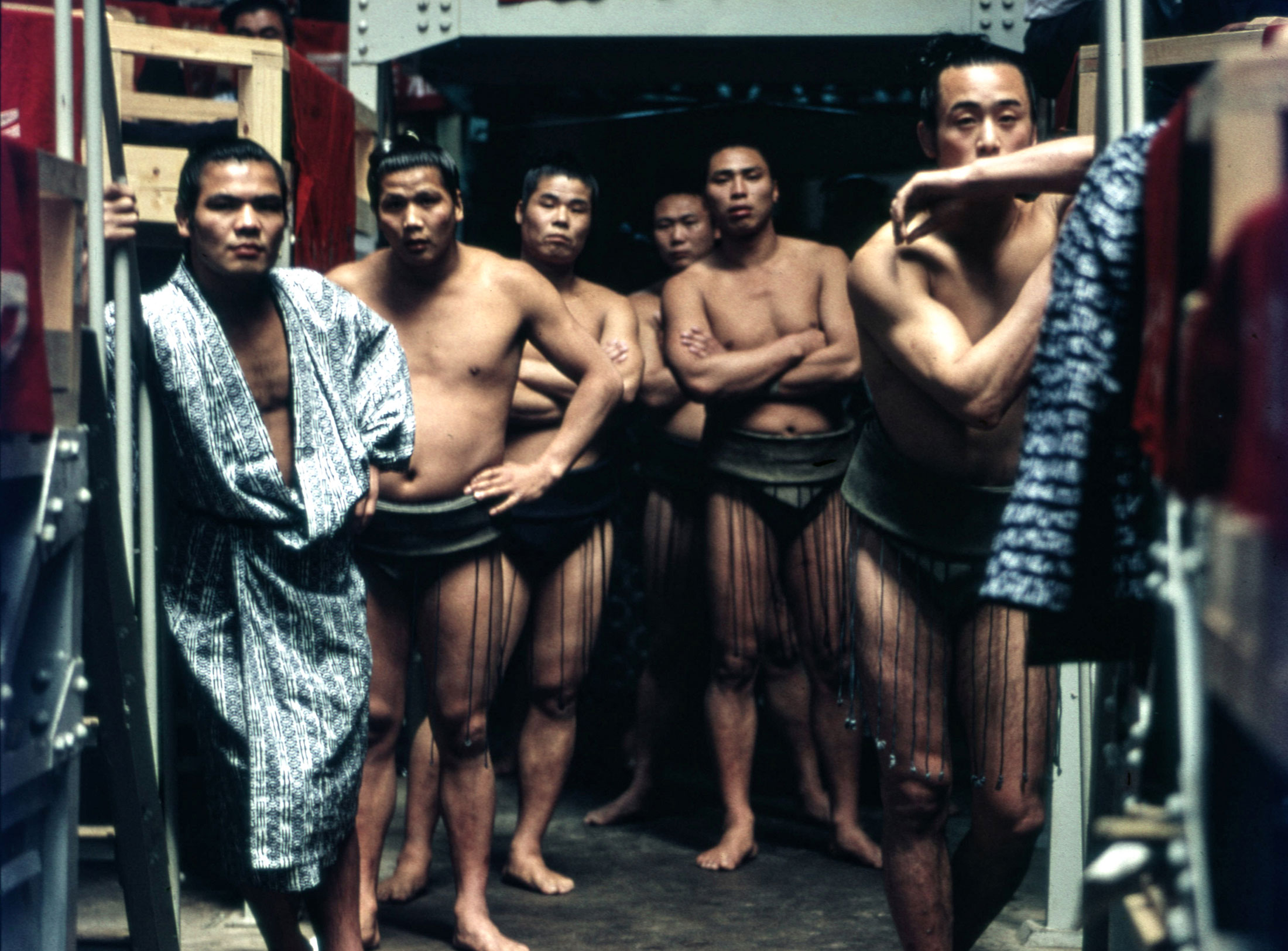
Absolute sharpness, reduction and strict rules determine the character of his pictures: Otl Aicher as photographer.

Under Otl Aicher’s direction, designers, architects and landscape planners shaped the face of the Olympic Games 1972.
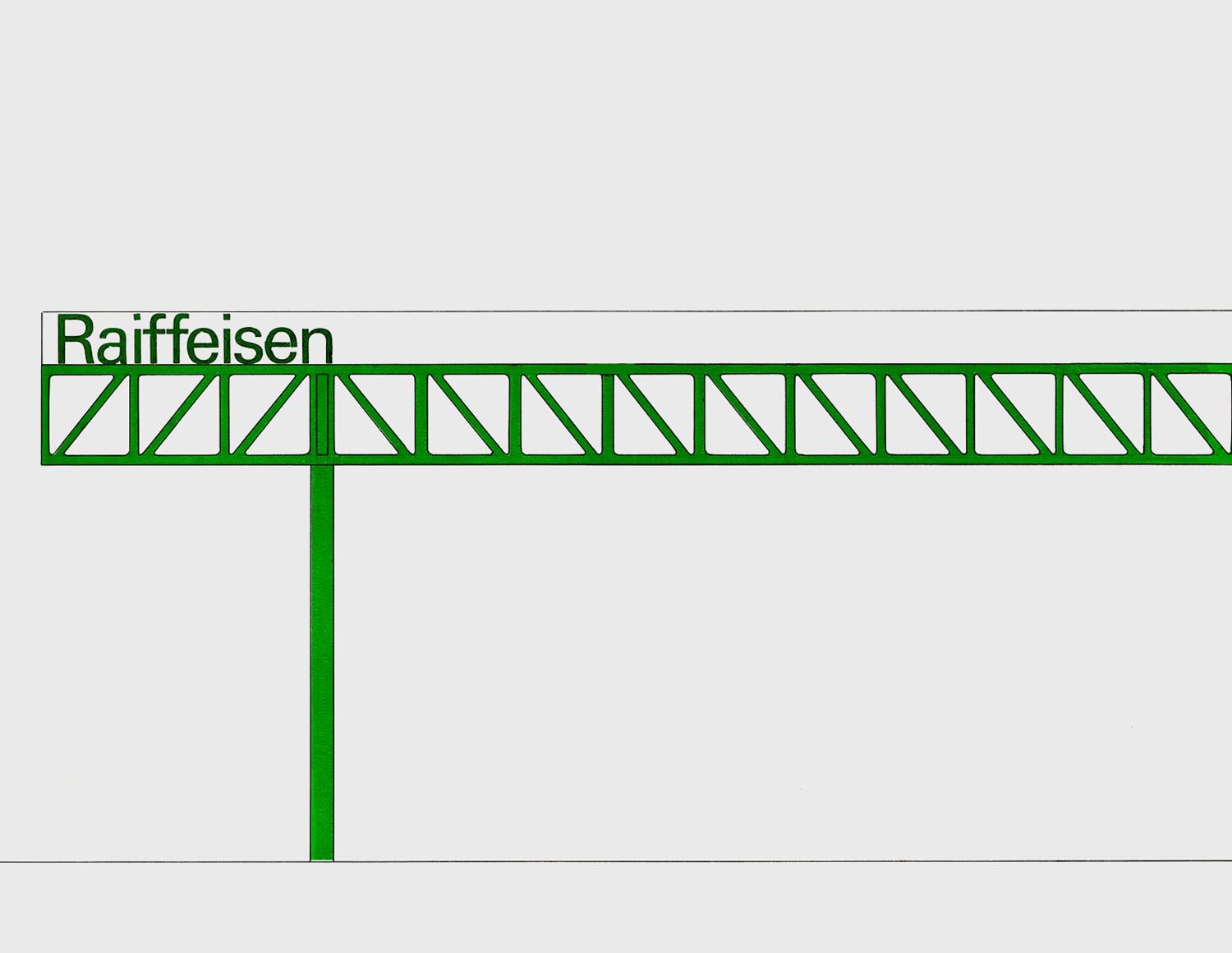
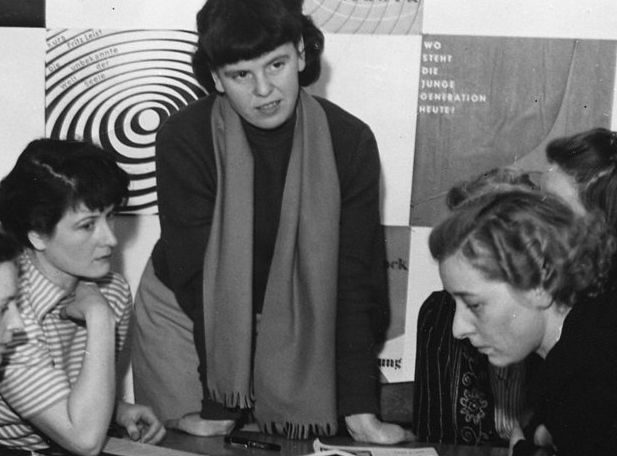
Inge Aicher-Scholl preserved the legacy of the White Rose.
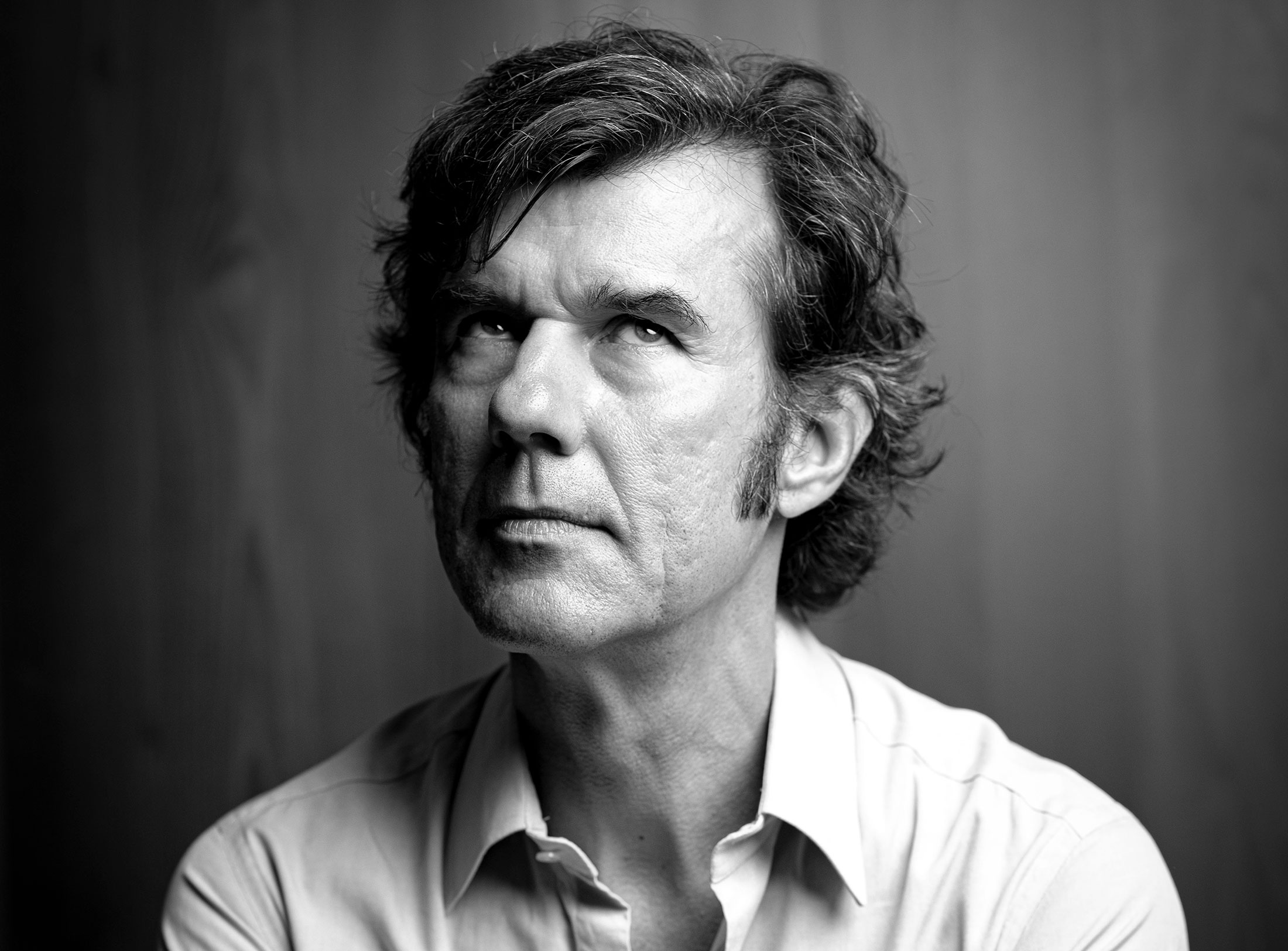
An interview with design icon Stefan Sagmeister about typefaces, beauty and the legacy of Otl Aicher.
The International Design Center Berlin (IDZ) invites you to a slide show and panel talk at Architektur Galerie Berlin on 20 October. Karsten de Riese and Prof. Michael Klar will report on a photo reportage commissioned by BMW that took them to Tunisia in 1975 together...
On the occasion of the 50th anniversary of the 1972 Olympic Games, the IDZ invites you to a discussion on the vision of the Munich Games and the status quo as well as the future of the Olympic movement on 26 August. The event at Berlin’s Akademie der Künste on Pariser...
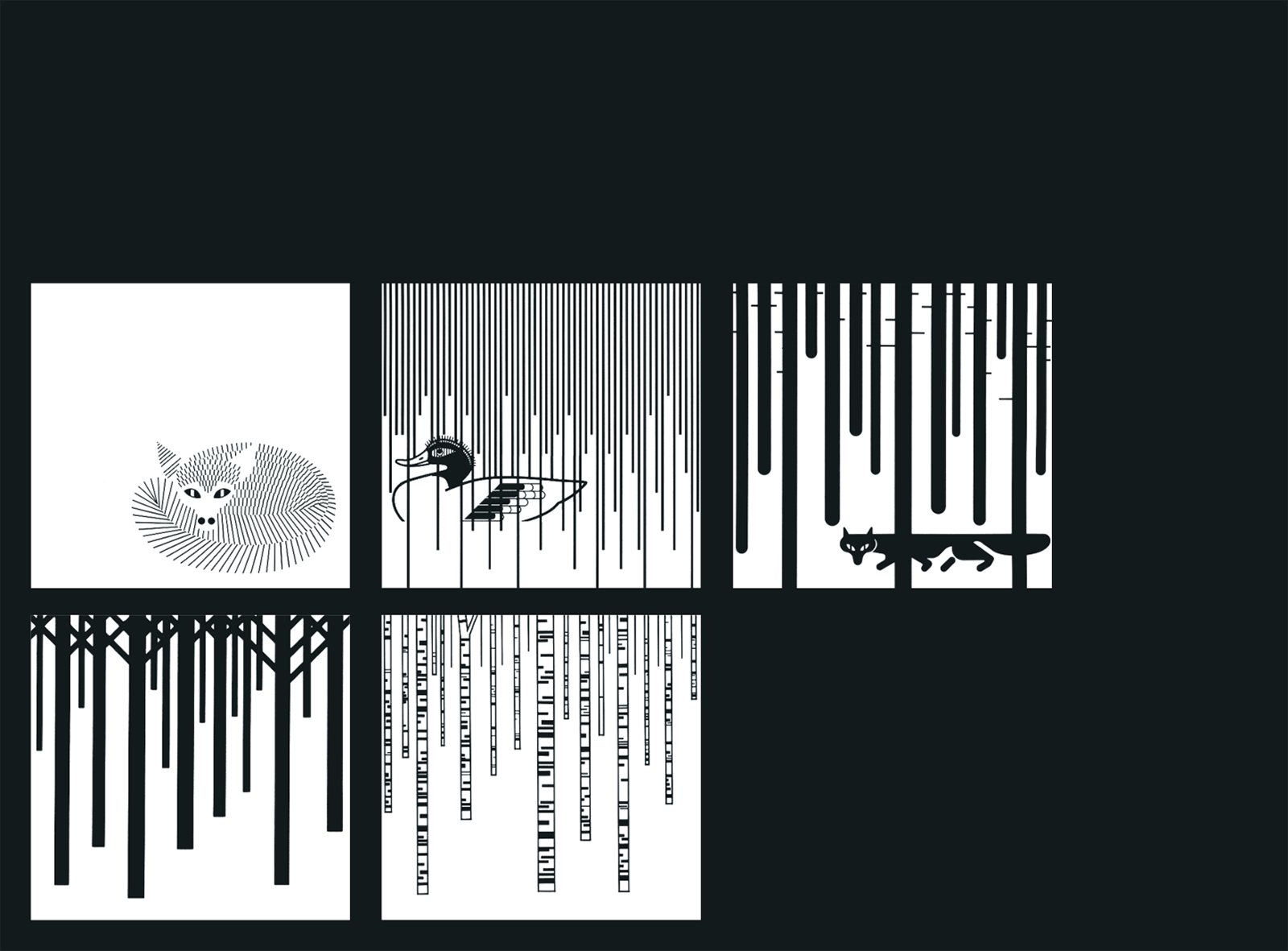
Isny im Allgäu owes Otl Aicher a corporate design that is concise, bold and singular.
With a retrospective of Otl Aicher’s book “kritik am auto – schwierige verteidigung des autos gegen seine anbeter” (Criticism of the Car – Difficult Defence of the Car against its Worshippers) published in 1984, the IDZ continues its series of events on the “otl...
Today marks the centenary of Otl Aicher’s birth. The International Design Center Berlin (IDZ) is taking this date as an opportunity to pay tribute to this great designer. With otlaicher100.de, a new online platform is being launched – a curated space that provides...
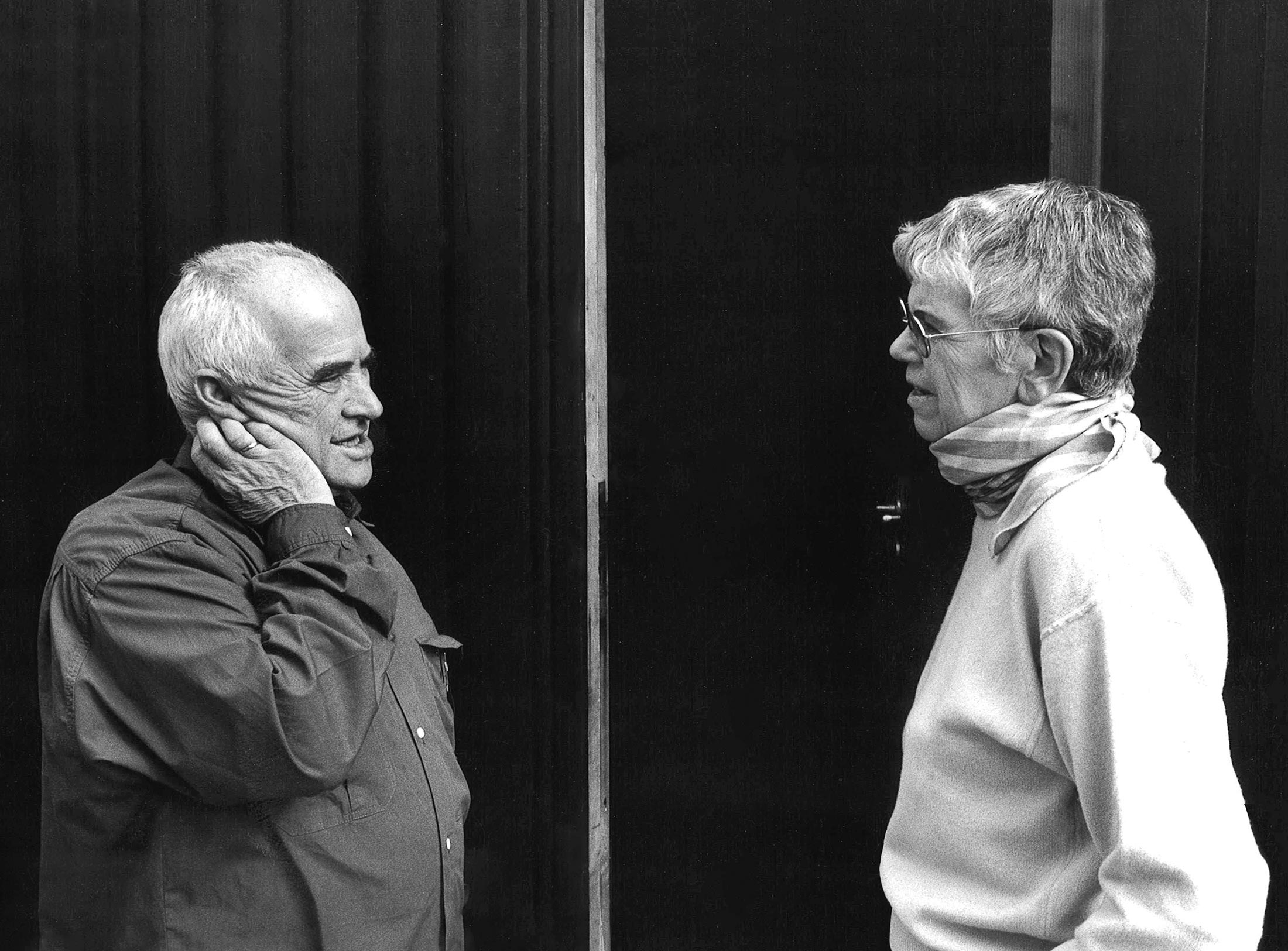
Reflections on Inge Aicher-Scholl and Otl Aicher.
The International Design Center Berlin (IDZ) is taking Otl Aicher’s centenary as an opportunity to pay tribute to this great designer and to make his work visible. An online platform and a series of events will address Otl Aicher’s multifaceted cosmos of topics and...
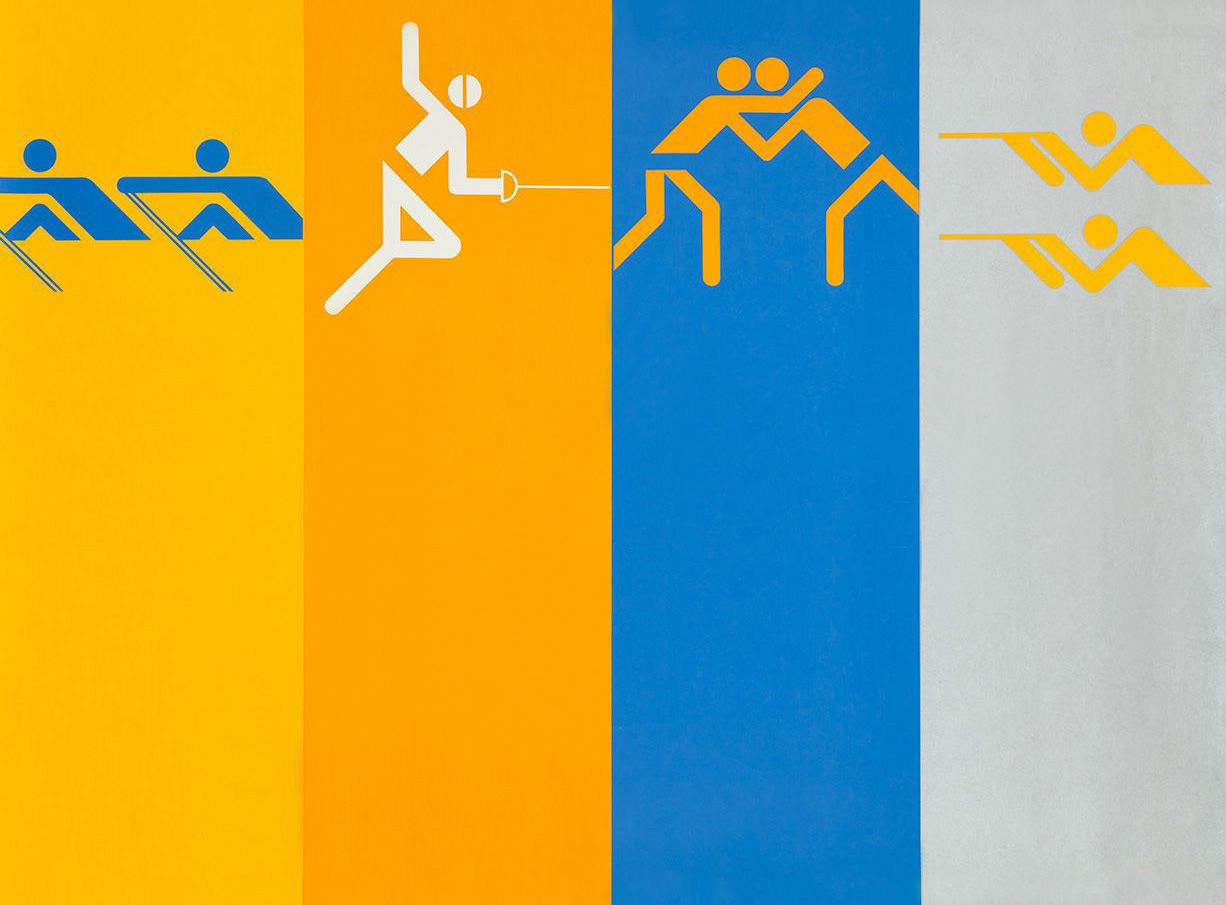
Eine Stadt leuchtet: Mit seinem farbenfrohen Erscheinungsbild der XX. Olympischen Sommerspiele 1972 setzte Otl Aicher ein Signal. Die junge Bundesrepublik war in der Moderne angekommen.
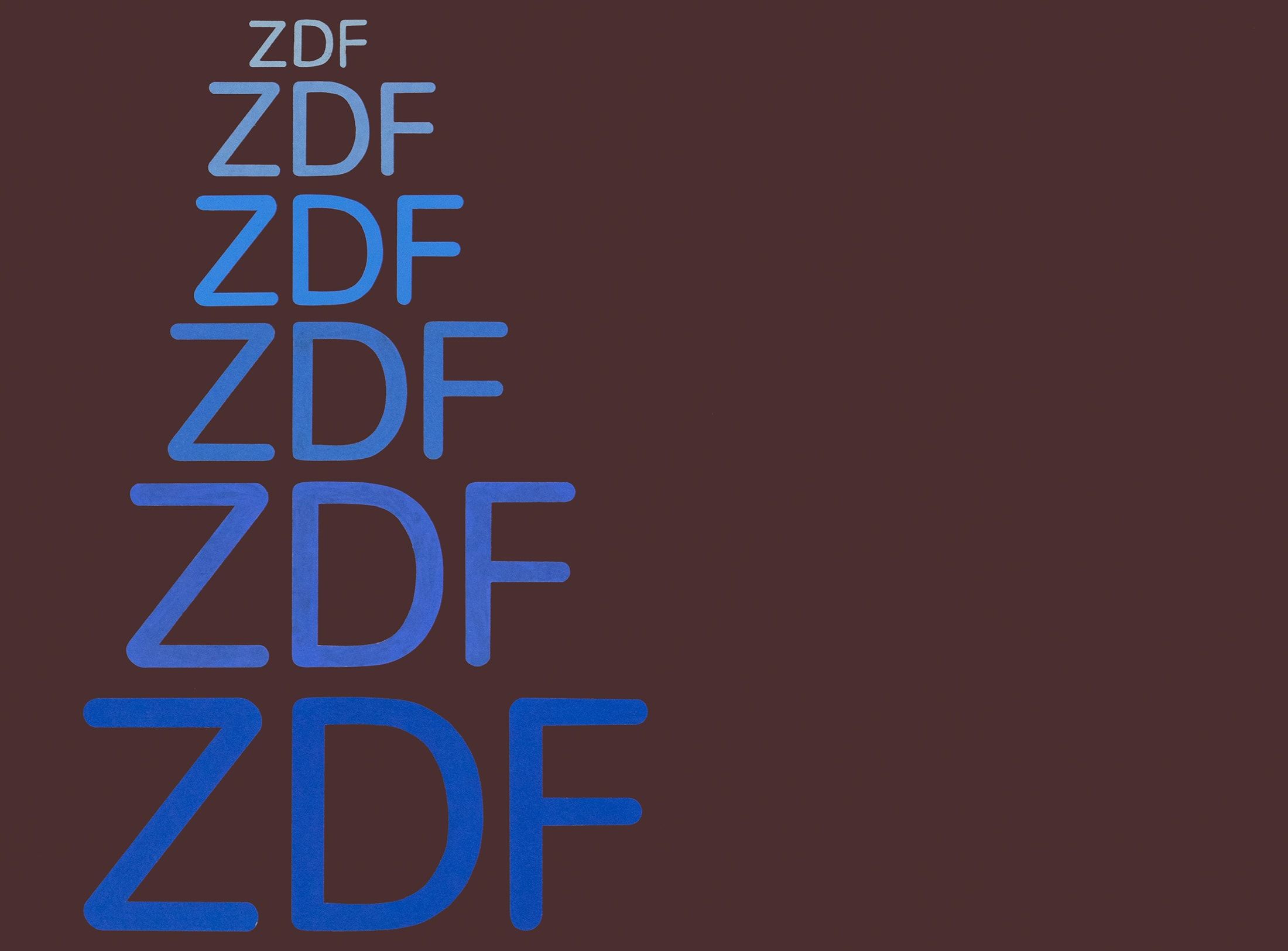
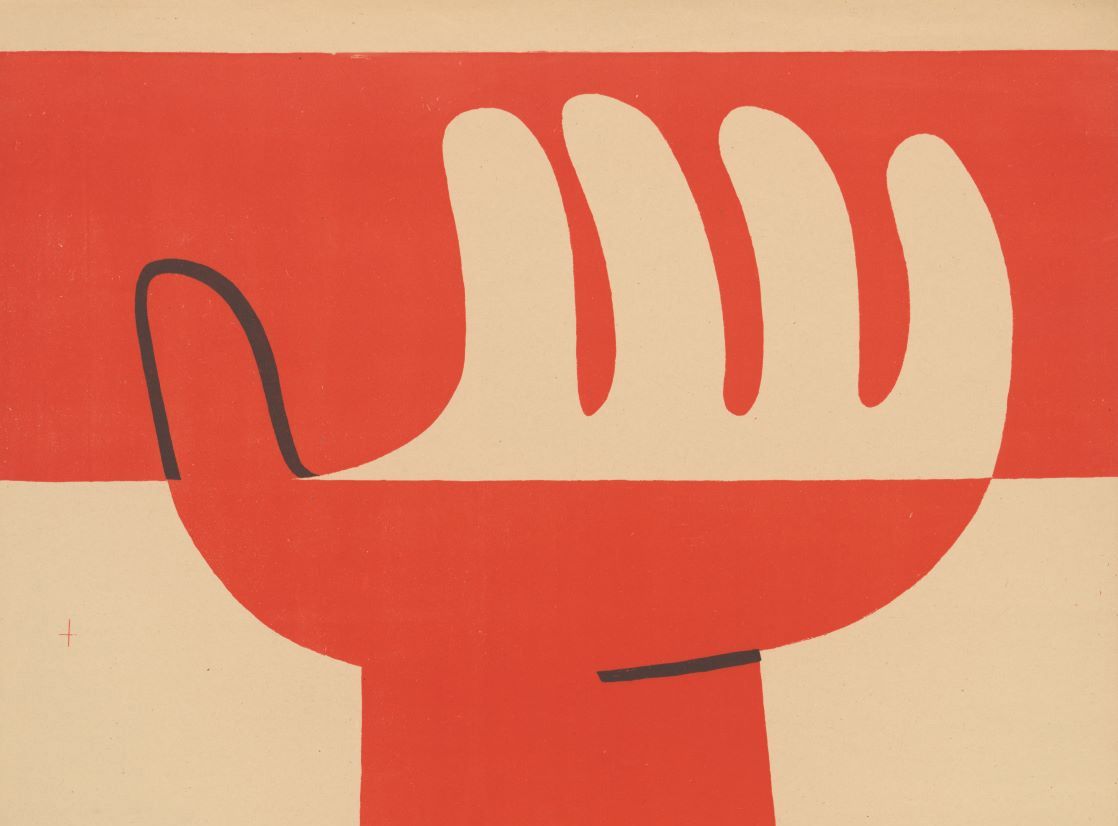
Otl Aicher’s Poster displays for the Ulmer Volkshochschule (Ulm Adult Education Centre).
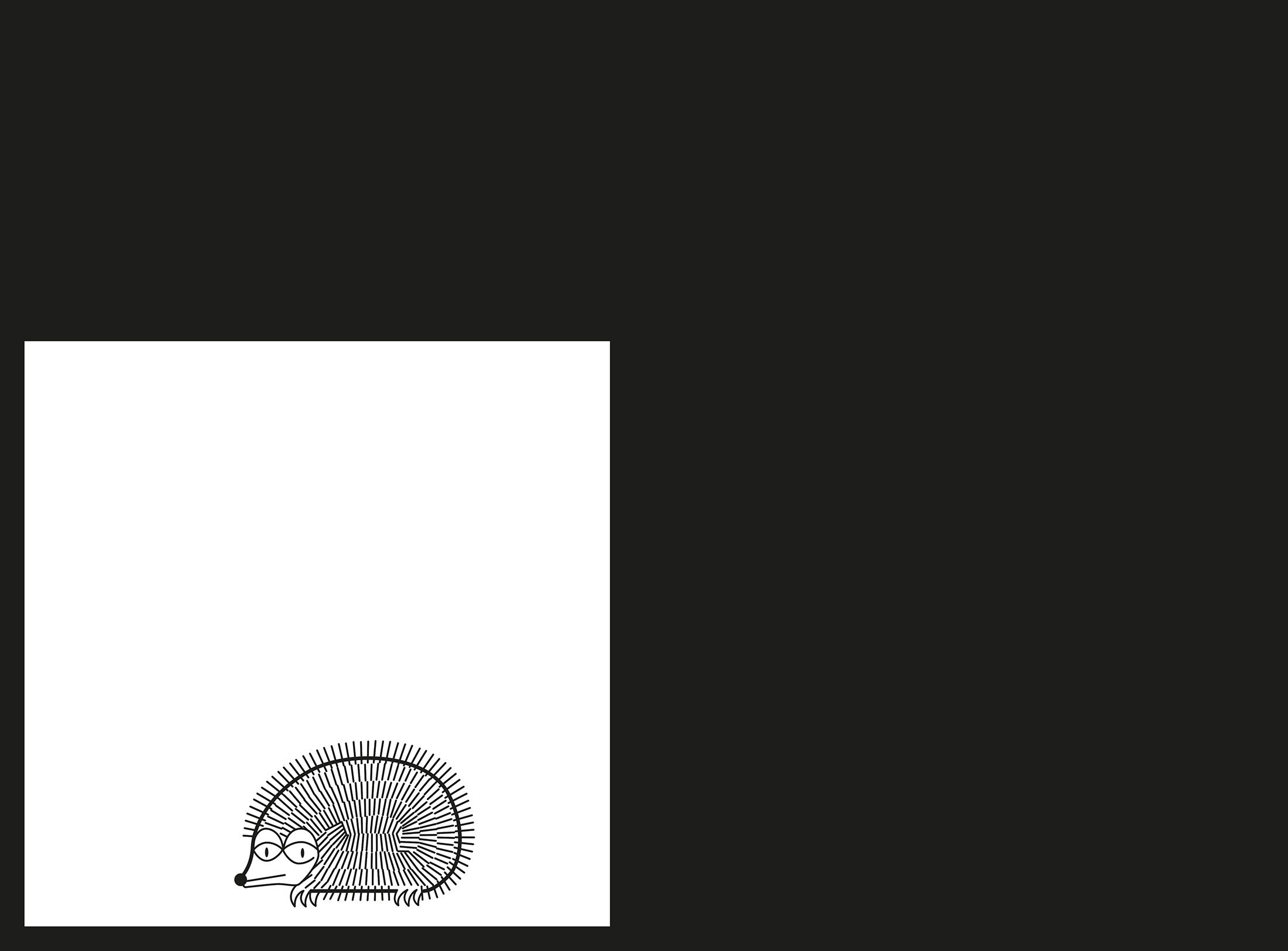
From O to R: Let’s talk about a hedgehog, standardisation and neurotis for a change (please click on the letters).
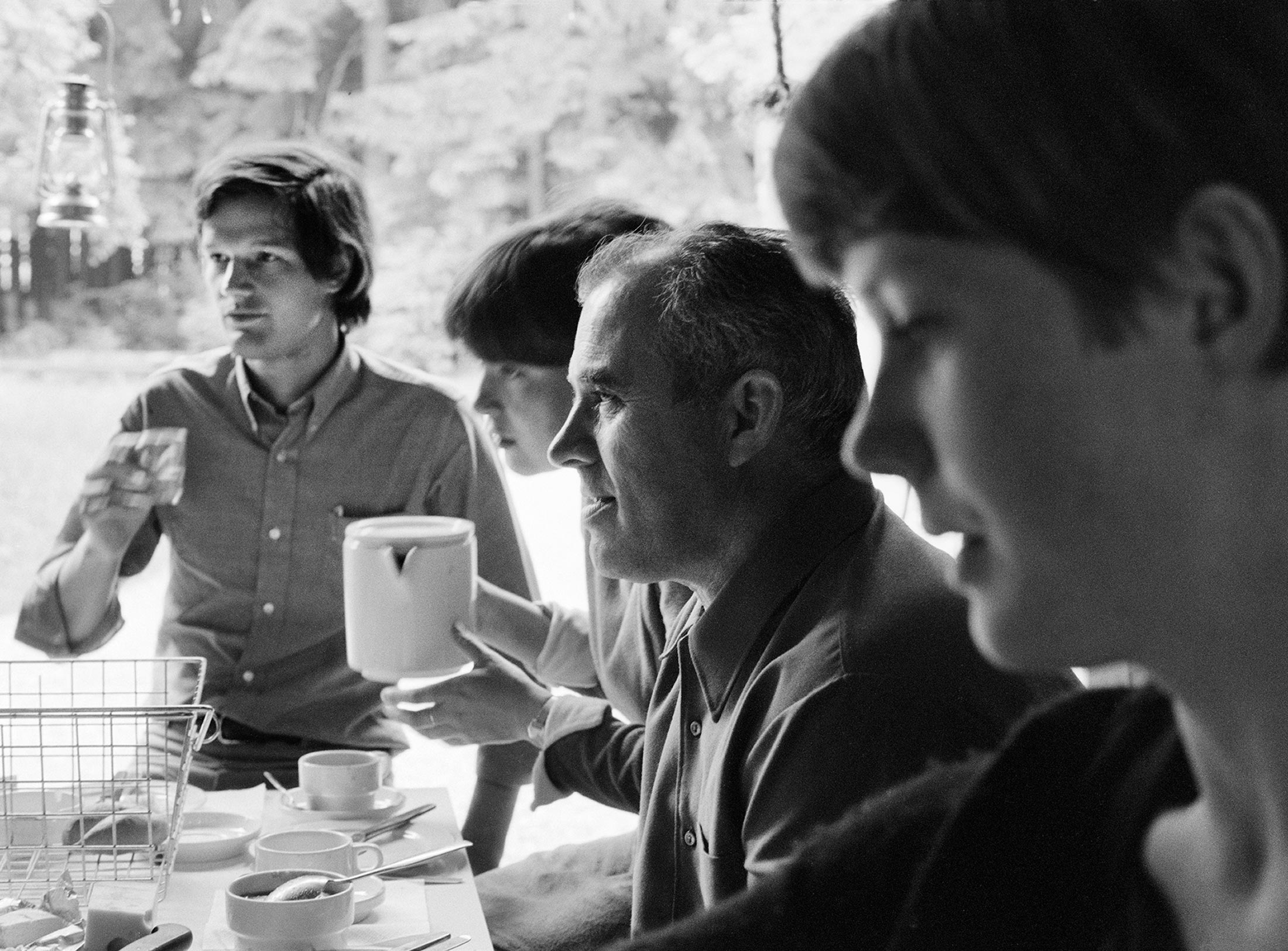
Otl Aicher’s Dept. XI team: the visual identity of the Munich ’72 Olympics was the work of graphic designers, illustrators and technical staff from all over the world.

Aicher’s childhood and youth: the years 1922 to 1945.
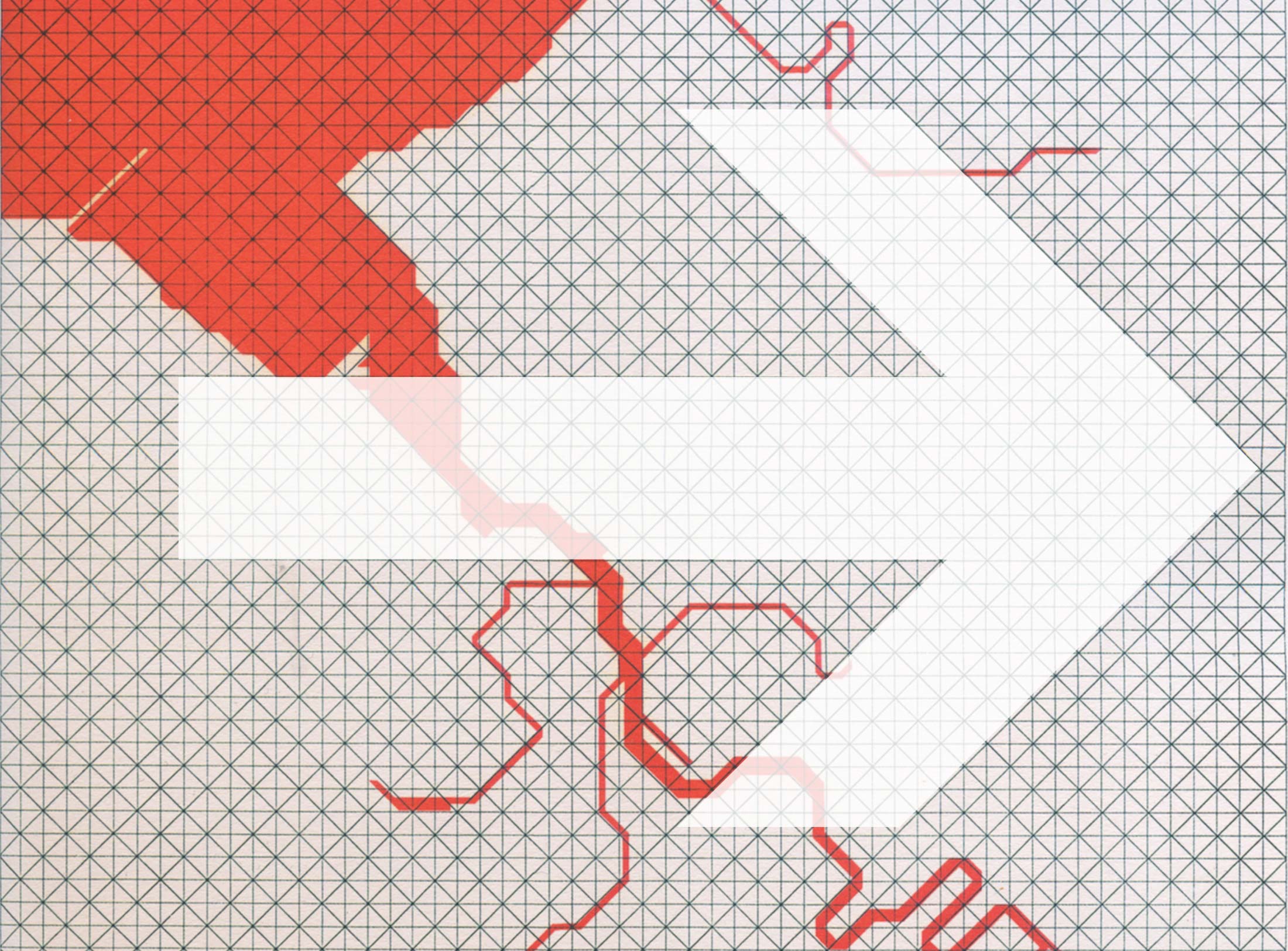
Otl Aicher’s signage systems for airports, metro stations and hospitals are considered exemplary to this day.
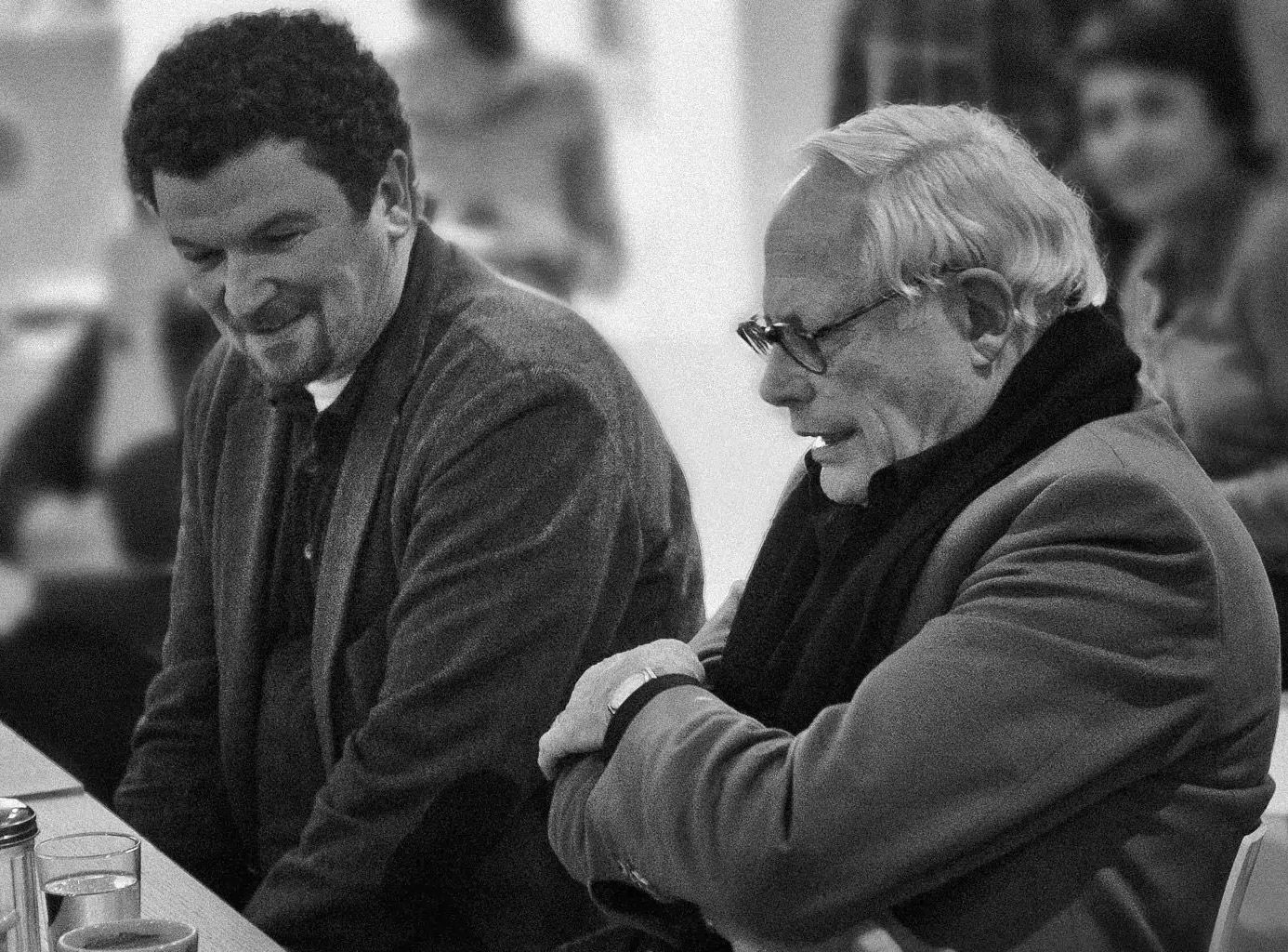
Der einstige Braun-Chef-Designer im Gespräch über den Co-Gründer der HfG.
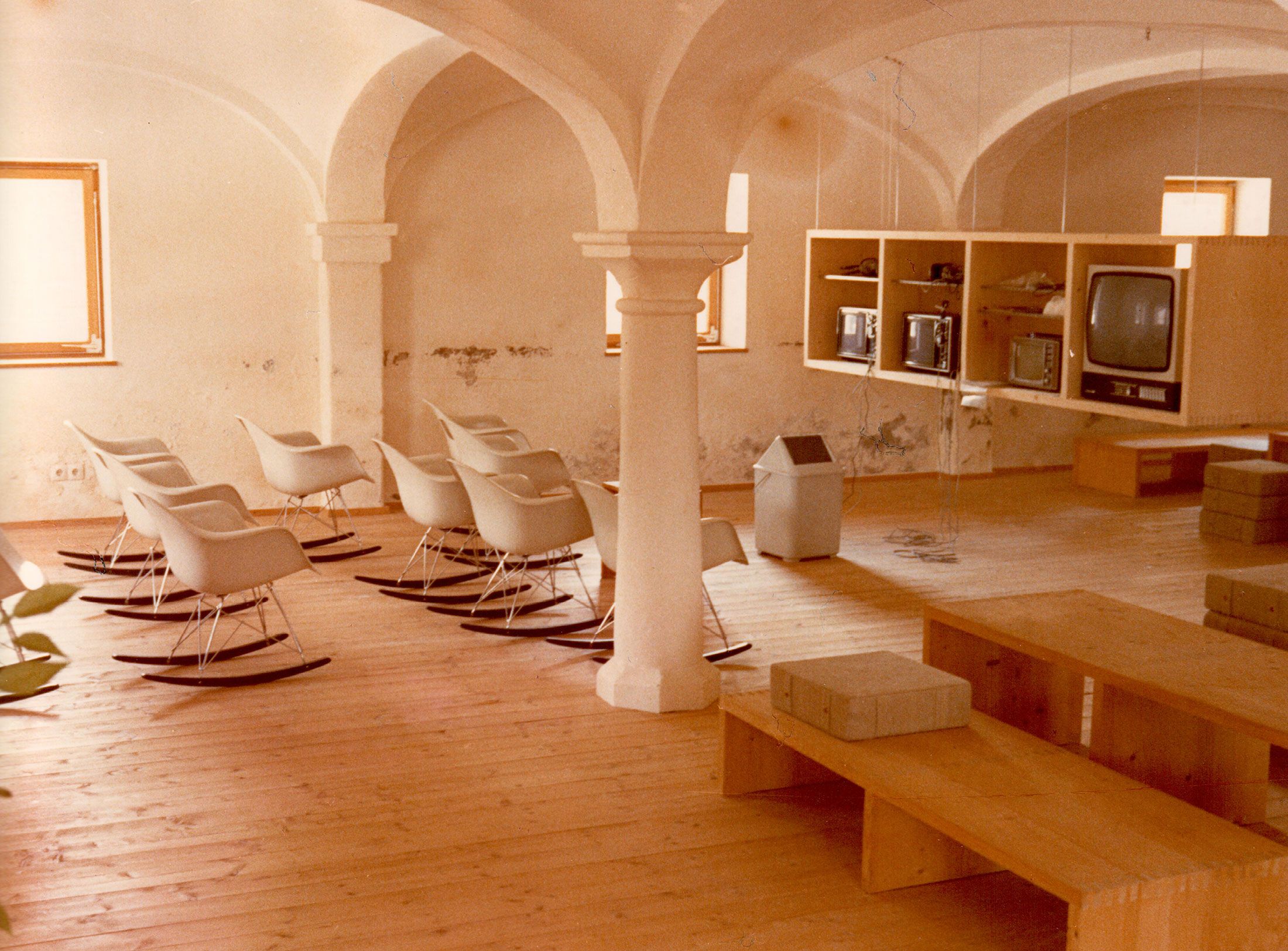
A Broadcast: What is his place in today’s world?
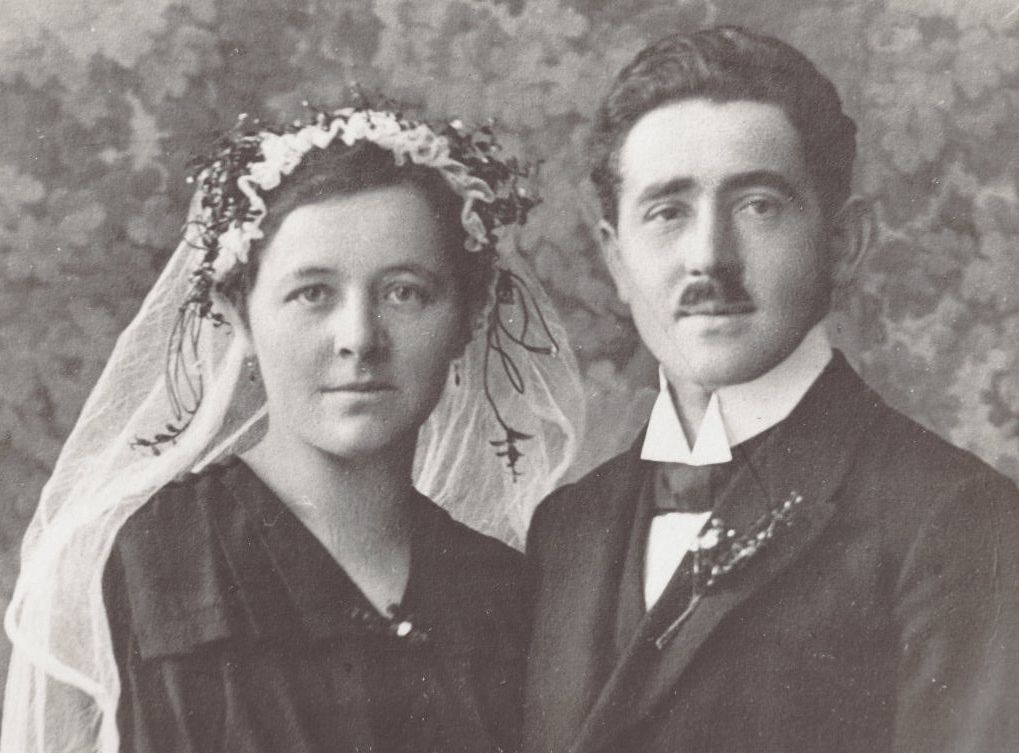
The Aichers: a brief family history.
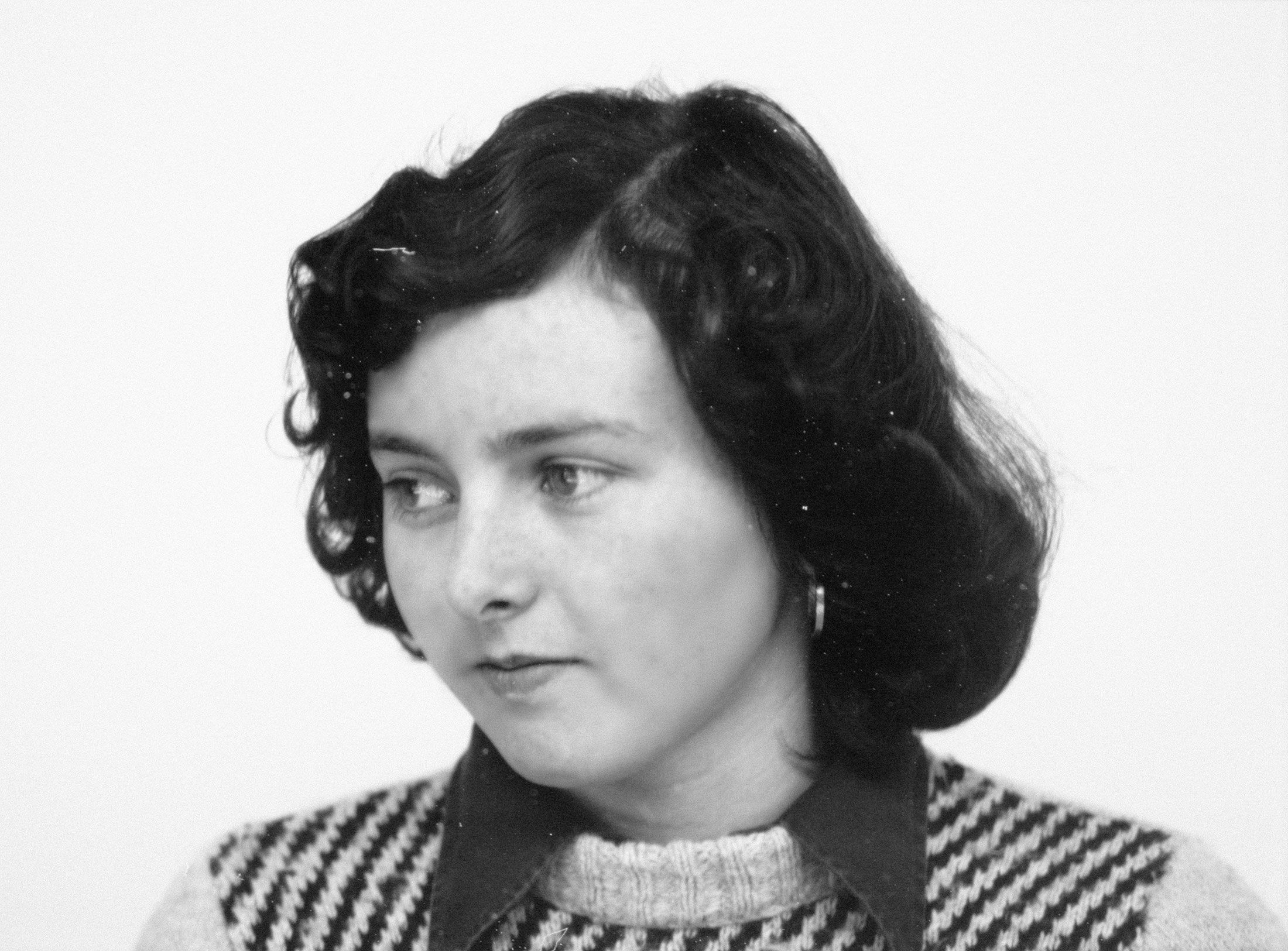
Drawing in Rotis: former Aicher co-worker Reinfriede Bettrich talks about hand sketches, the first computers and everyday life at the office.
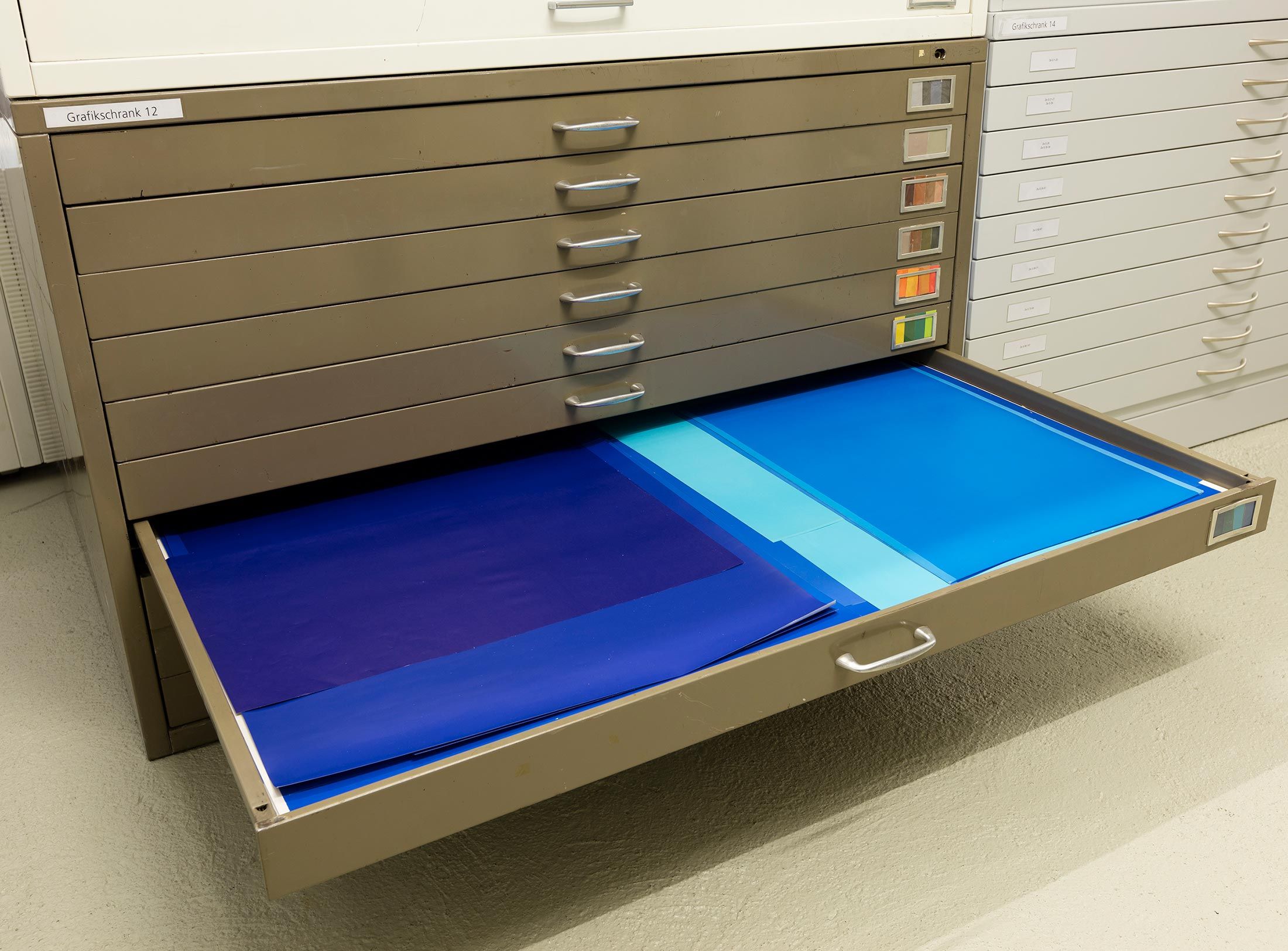
How Otl Aicher’s papers and materials came to the HfG-Archiv/Museum Ulm.
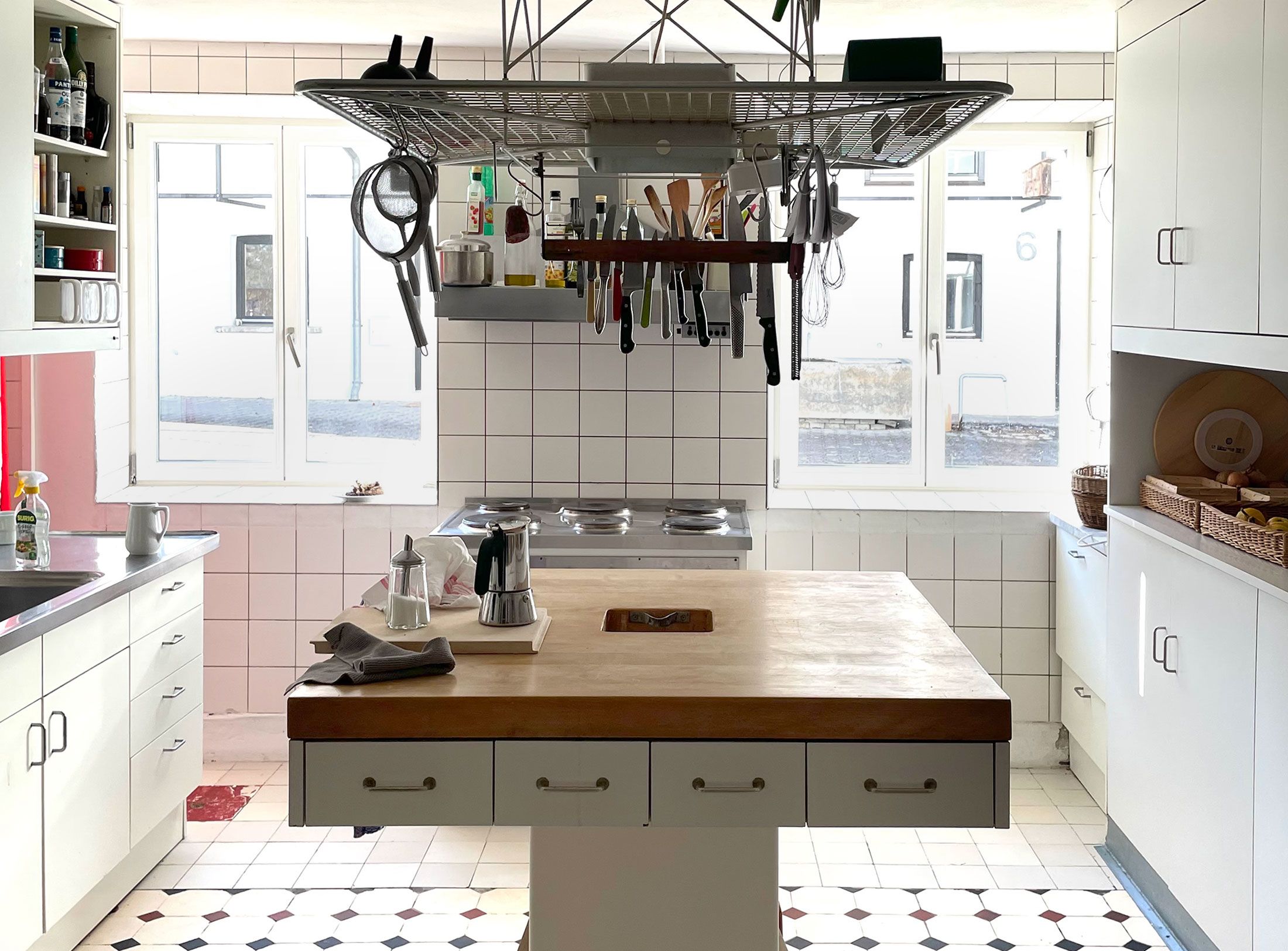
Die Küche zum Kochen (The Kitchen for Cooking) – the genesis of a book that has lost none of its relevance.
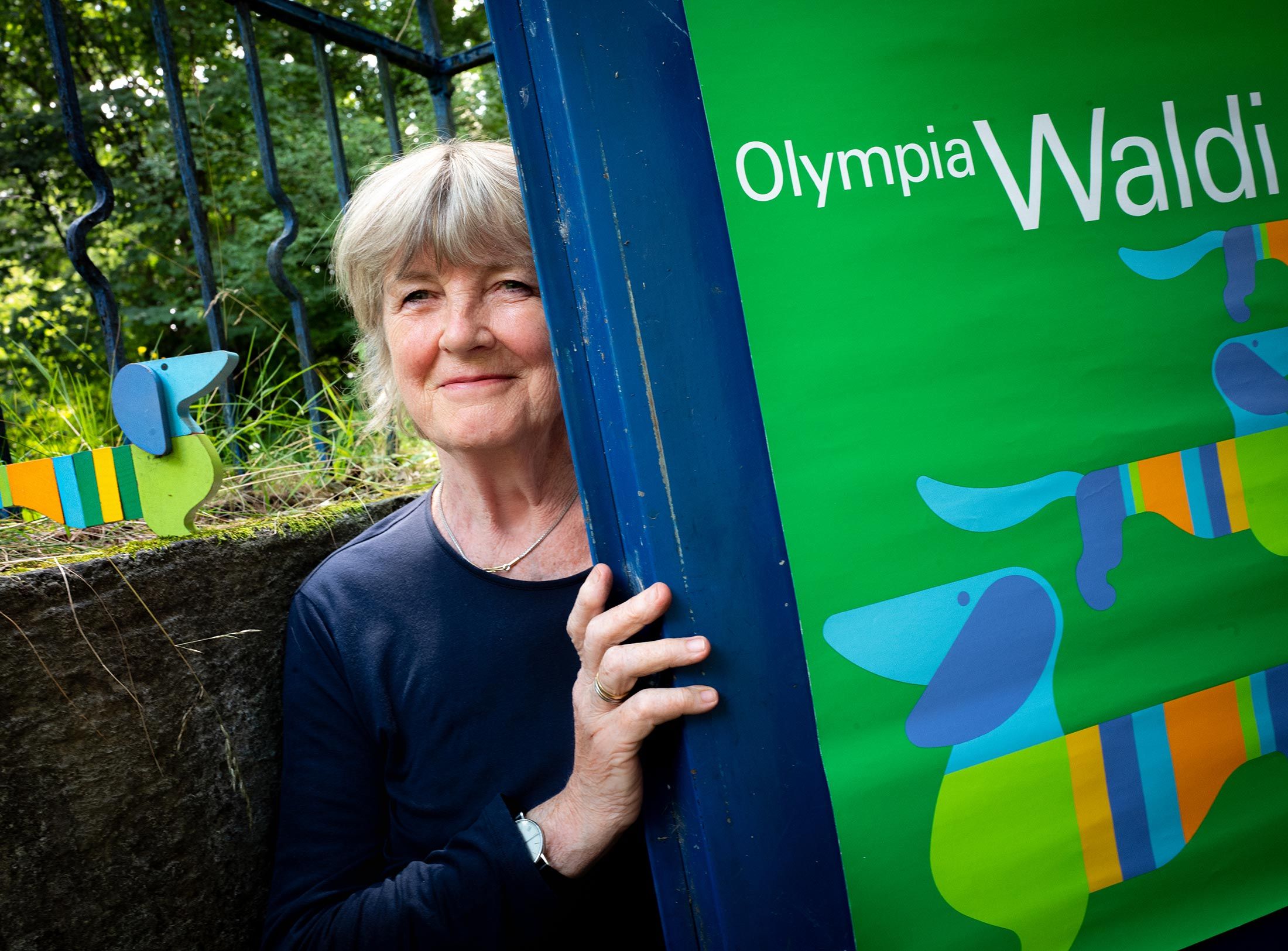
How a dachshund conquered the world: former Aicher staff member Elena Schwaiger on plush animals, fakes and the authentic mascot of the 1972 Olympic Games in Munich.
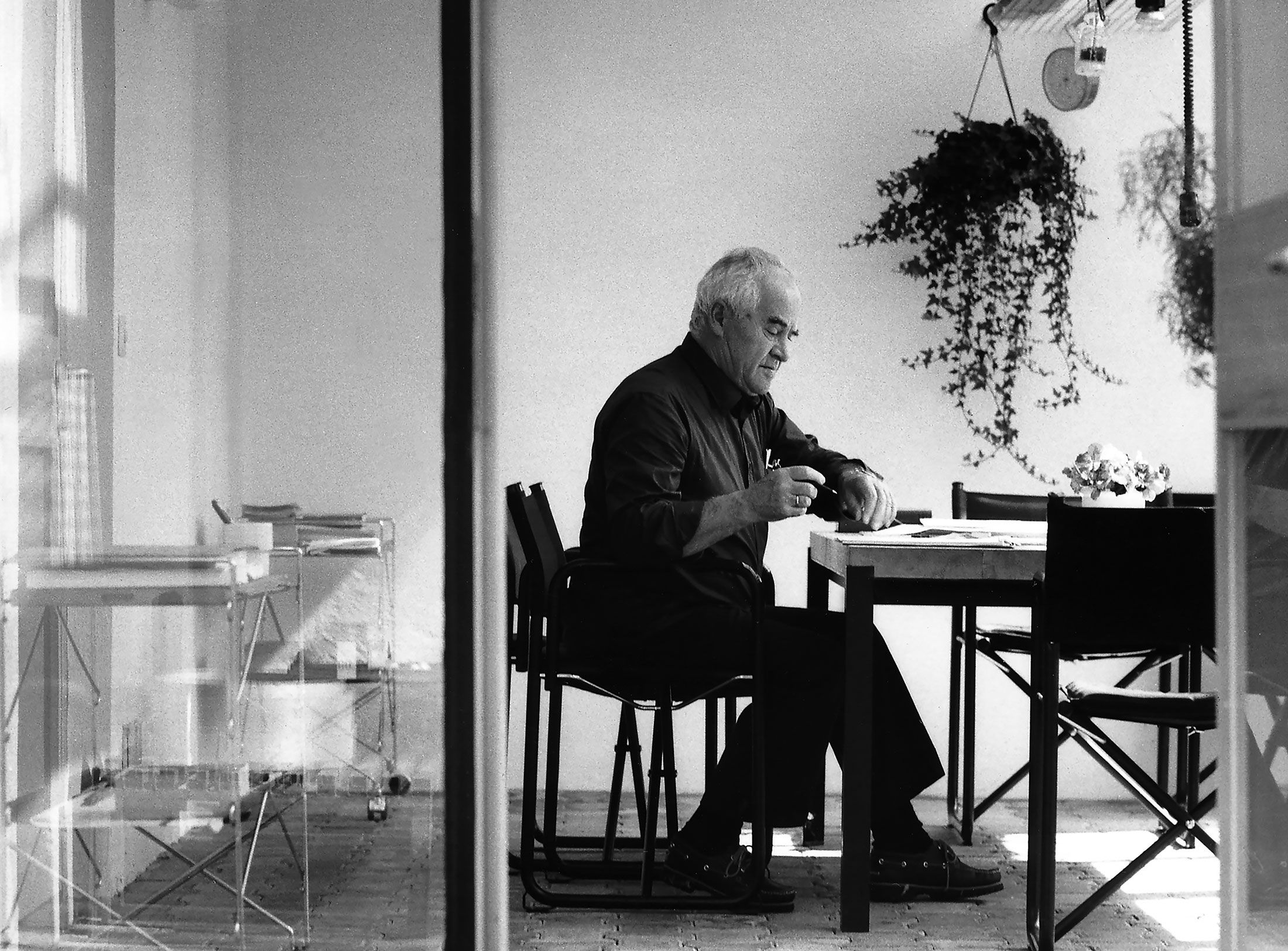
Le Violon d’Ingres or An Attempt to Defend the Writings of Otl Aicher.

Otl Aicher as the architect of Rotis.
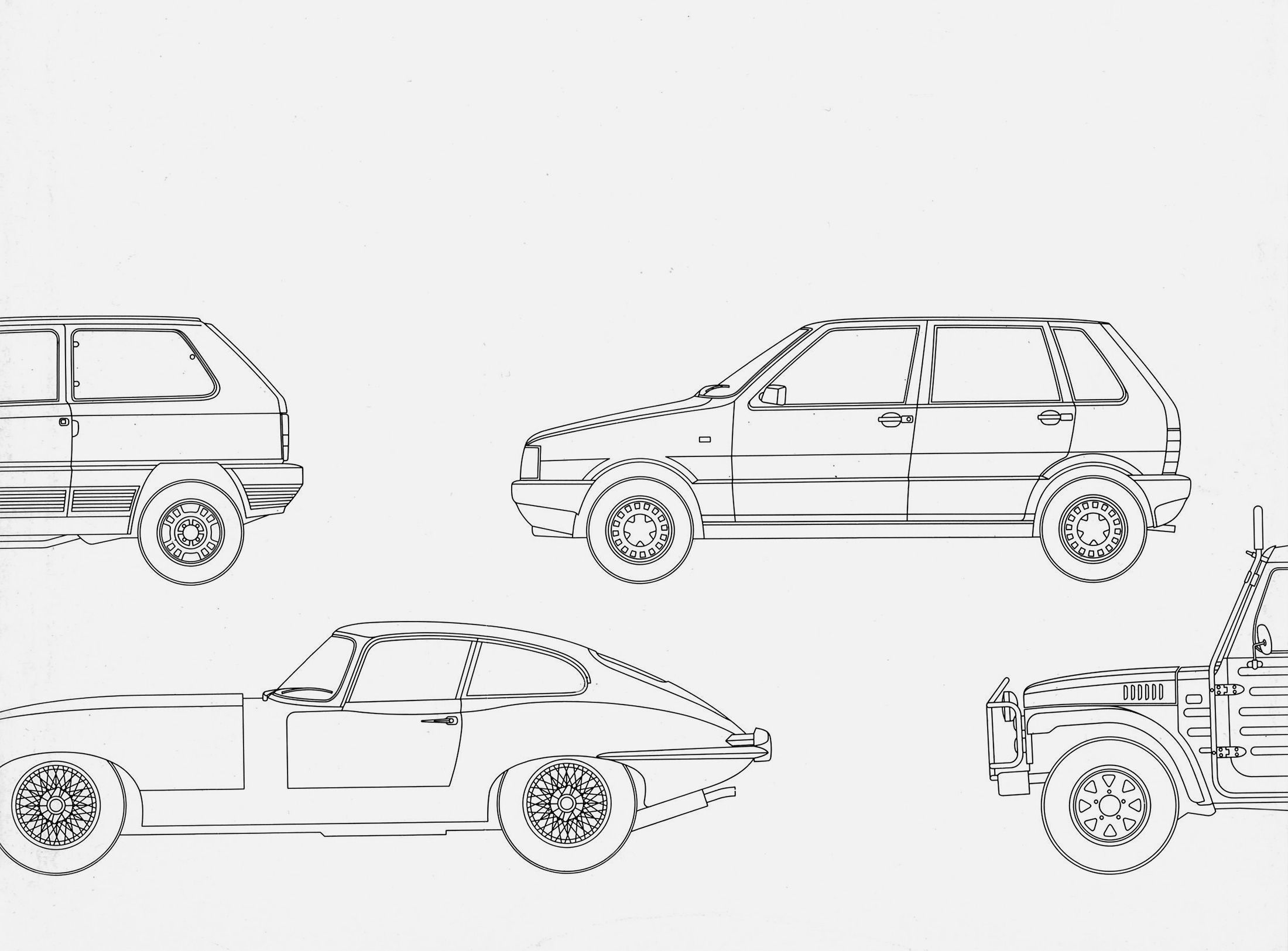
Otl Aicher and his critique of the automobile.
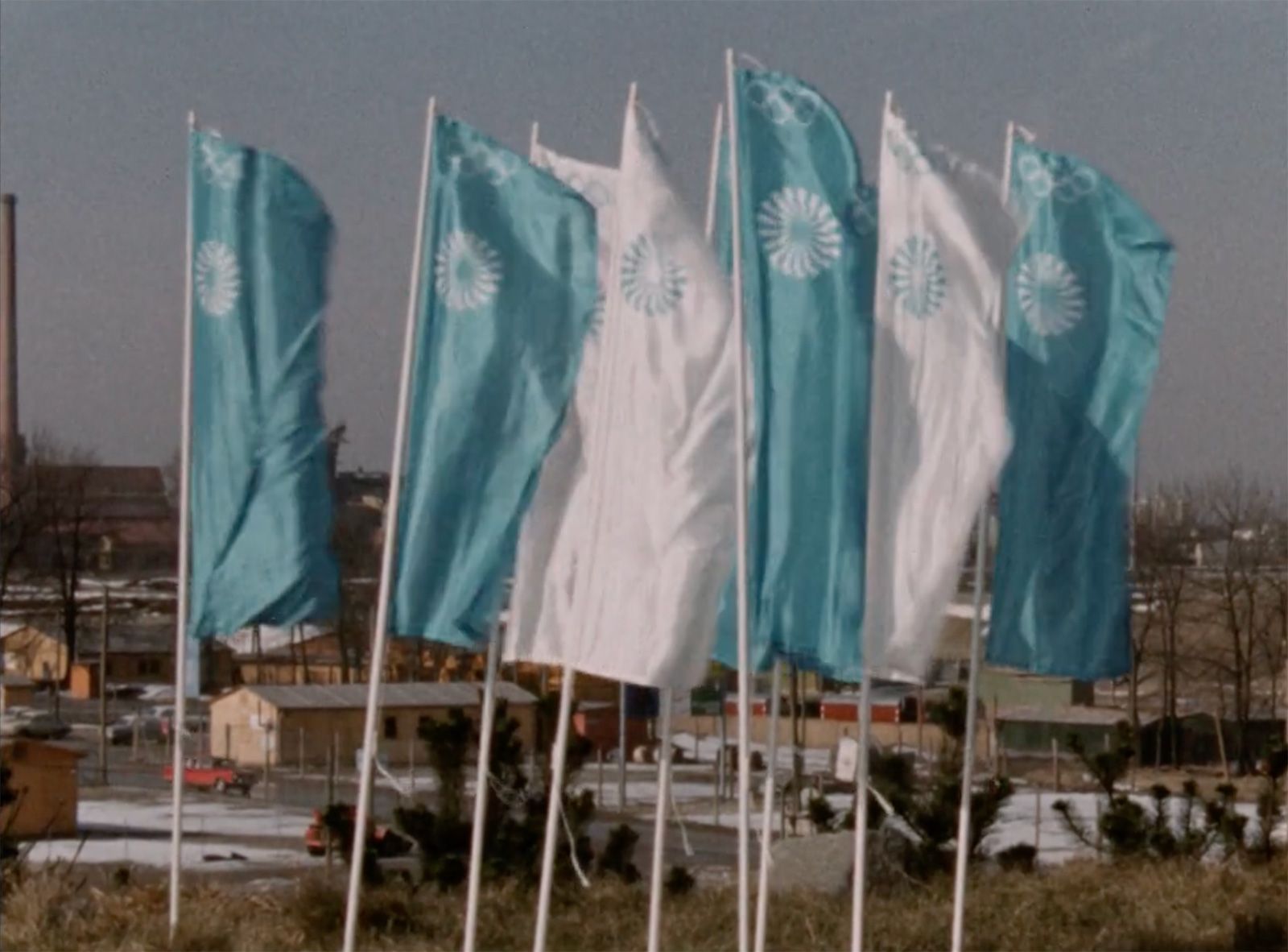
First broadcast: 15.02.1971 on Bayerischer Rundfunk, Munich (Only available in German).
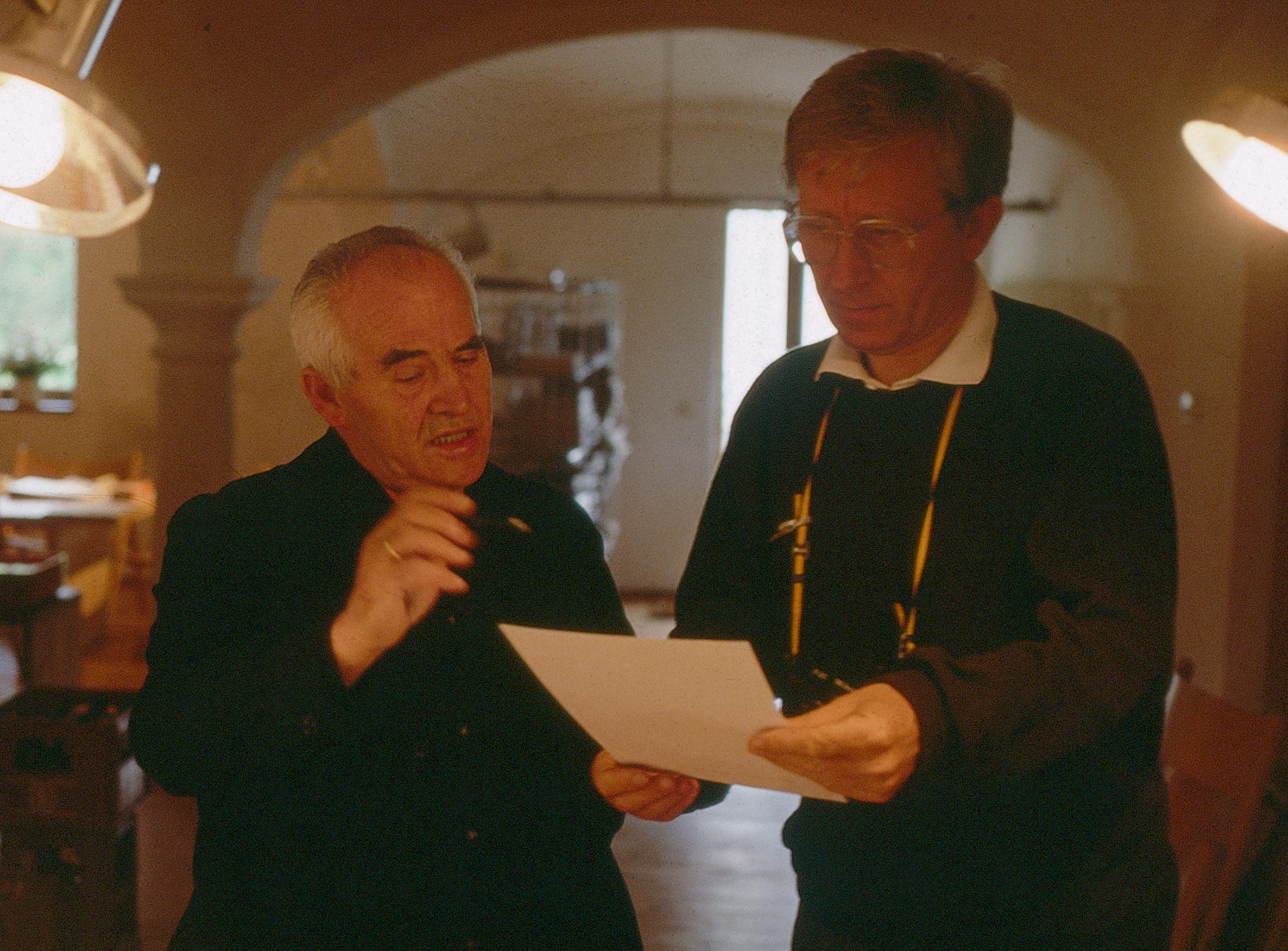
Interviewed: Jürgen Werner Braun on his collaboration with Otl Aicher.
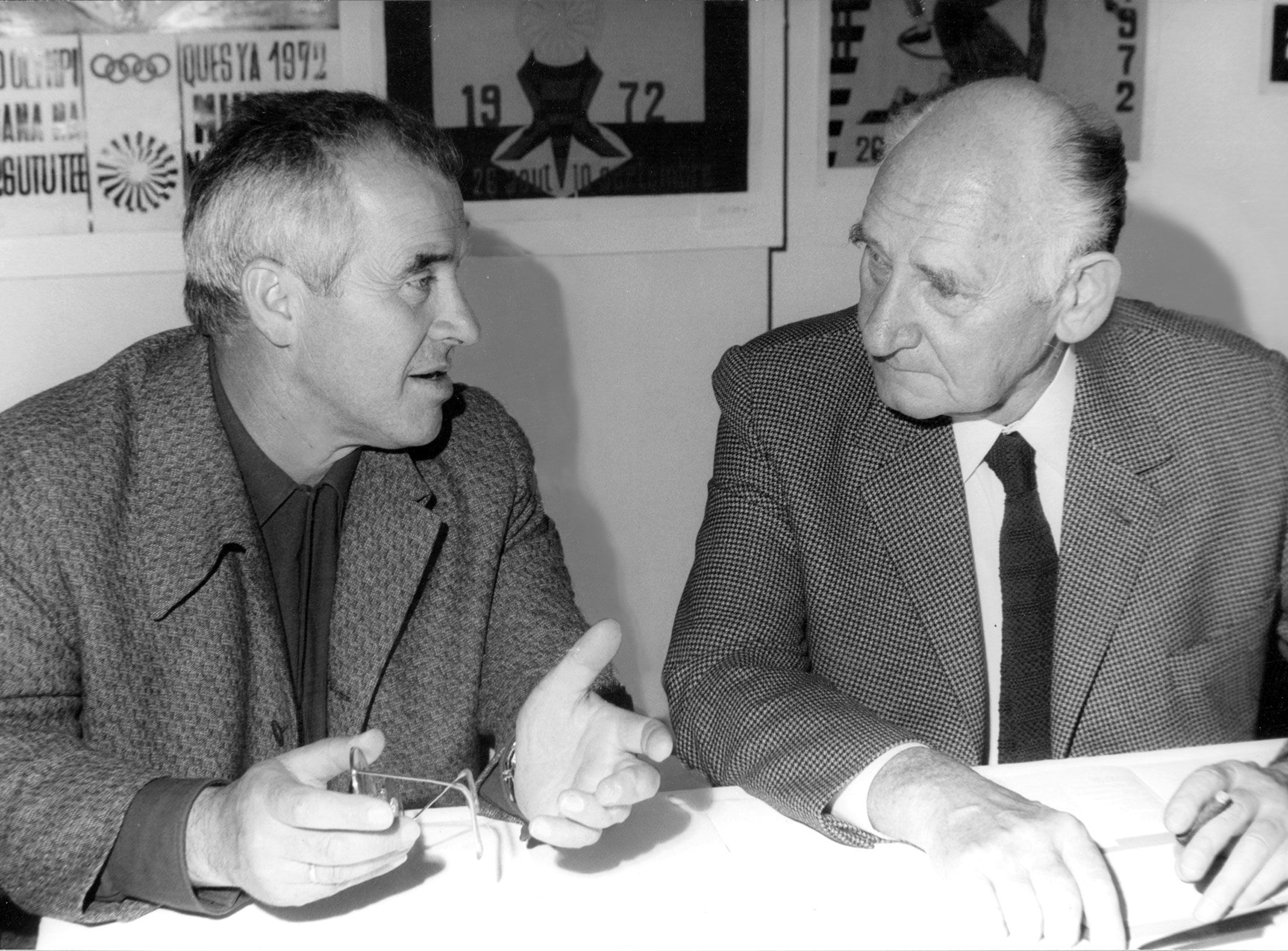
They created the signature of an epoch: designers Otl Aicher, Willy Fleckhaus, Anton Stankowski and Kurt Weidemann.

In architecture – in the ordering of spaces, structures and sequences of movement – Otl Aicher saw a kinship to his discipline of typography, which he once described as “a kind of two-dimensional architecture”.
Even the young Aicher had toyed with the idea of becoming an architect. Le Corbusier remained his artistic idol for a long time.1 Later on, he maintained contact with architects such as Kurt Ackermann, Günter Behnisch, Uwe Kiessler and Werner Wirsing. With Norman Foster, he shared a long-standing friendship based on mutual admiration. Time and again, Aicher also produced and implemented designs himself, for example, with the Ulm designers Hans Gugelot and Hans G. Conrad for a system of freely configurable exhibition stands.
In 1955, a trade fair stand for the Braun company was presented in Düsseldorf at the German Radio, Television and Phonographic Exhibition and was further developed into an independent pavilion in Frankfurt in 1959.2 Aicher also discussed the architectural concept of the Hochschule für Gestaltung in Ulm with Max Bill; but the buildings at Rotis are Aicher’s only major realised building project. Can the architecture he actualised be understood as “three-dimensional typography” – in a sense, echoing his own words?
Existing architecture. The old Rotis site
The first thing that strikes the eye is that the Rotis complex is a building project within the historical architecture of the site. As early as 1414, there is a documented reference to a castle mill, but most of the buildings found here date back to the 19th and early 20th centuries.3 In addition to the central mill and the elongated farm building, a sawmill, a timber store, an alpine dairy and a coach house existed until 1970, when new buildings – the heating centre, offices, studios and a garage – were erected in their place. Aicher’s concept was to transform the original array of agricultural and craft trades into a centre for graphic design and, as he called it, an institute for analogue studies with a variety of different work areas such as a photo studio, print shop, library, electricity plant, event rooms and canteen.
The two most important buildings, the mill and the farm, were largely preserved in their existing condition. This is exemplified by the windows without grilles in the mill building, which were installed around 1960 and which Aicher, in his own words, “simply left as they were”: “You know, they were like that when we bought Rotis.”4 Obviously, he was not interested in reviving the past condition of a building by reconstructing historical windows.
However, where such a beauty of constructive logic had been preserved, as in the cowshed of the farmhouse with its elaborate Bohemian vaults, the legendary “Rotisserie” was used to house the canteen and a representative event room. In addition to the demolition of the four adjoining buildings, profound changes were made to the structure of the buildings that continued to be used. The former mill house on the east side, for example, was gutted and completely reorganised for its new use with bedrooms, library and family living space. The appearance of the resulting rooms – grey sisal, white woodchip and natural spruce boarding – reflects the ascetic aesthetics of the HFG Ulm.
New buildings. Sharp cubes on stilts
One of the sketches shows the dialogue between old and new. On the left we see the floating lightness of one of the studios, on the right the massive mill building, whose entrance area is protected by a new construction made of wood and glass. The wooden construction of the hall in the middle rests on the massive base of the heating centre and, as a central and site-specific building, mediates between the literal groundedness of the mill and the elevated studio. In contrast to the overhanging gabled roofs of the mill and the farm, the sharply cut cubes of the new buildings with their factory-like saw-tooth roofs emphasise this new use and its high requirement for daylight.
The two studio buildings on stilts were originally intended as purely wooden constructions, with boarded junctions on the ground floor, but as wall panels they would have counteracted the idea of space flowing unhindered beneath the building. Instead, Aicher opted for clamped steel columns in a grid of 4.2 by 5 metres, whose welded-on lugs take up the pincer construction of the timber building made of solid spruce. The vertical cladding of the lid, like the steel columns, is black in colour and allows the change of material to recede visually in relation to the strong building contour. These are simple details without any pretentious claim, implemented with precision by a local timber construction company.5
This pragmatic simplicity seems almost provisional at times and differs fundamentally from the demand for perfection expressed at about the same time in Fritz Haller’s modular building systems which were a search for a contemporary “universal solution”.6 Certainly, models such as the Farnsworth House, the Villa Savoye or the Sea Ranch in California may have played a role in the design. However, it is not a matter of an architectural manifesto, be it in the sense of an aesthetic reduction as with Mies van der Rohe, a built architectural theory as with Le Corbusier or a new regionalism in the sense of the Sea Ranch. Rather, Rotis’ buildings reflect a lifelong attachment of the builder to the landscape of the Allgäu and the local construction methods used to create functional, rural buildings. They represent an attempt to combine the mode of expression of industrial civilisation with the customary nature of an “architecture without architects”.7 Ultimately, the paradox of an architecture that is as anonymous as it is personal emerges.
Entire complex. An enclave, a complex and differentiated ensemble
The Rotis complex was realised in several stages. The design process took place remarkably quickly on the basis of studies that Aicher had already made a few years earlier for the “Rote Hof”, a holiday domicile of the family not far from Rotis. After only two years of planning and construction, the two studios were ready in 1972, in 1973 the large wooden hall was built on top of the massive structure for the heating system, in 1978 the garage followed, in 1985 a small garden house on the northern part of the property, and in 1986 an extension to the photo studio. At Aicher’s instigation and at his own expense, two roads that originally cut through the property were relocated shortly after he moved in.
This created what he called an enclave, isolated from its surroundings by lush woodland. For the enclave’s “interior”, a generous park with new groups of trees on English lawns was planned with Günther Grzimek, the landscape architect of the Olympic site in Munich, as a natural counterpart of the elevated studio buildings. The areas of the paths and under the buildings were paved with simple concrete stones and in front of the rotisserie furnished with tables and benches made of wood and concrete designed by Aicher. For the vegetable and herb gardens, Aicher designed stackable square concrete frames to create raised beds that were precisely aligned with the architecture – the herb garden with the farm and studio building, the vegetable garden with the garage on the other side of the road, to which an orchard laid out in a grid also refers.
Rotis 1965. 1 Mill and residential building, 2 Farm, 3 Sawmill, 4 Timber store, 5 Alpine dairy with garden, 6 Coach house (drawing by the author)
Rotis 1965. 1 Mill and residential building, 2 Farm, 3 Sawmill, 4 Timber store, 5 Alpine dairy with garden, 6 Coach house (drawing by the author)
Rotis 1978. 1 Aicher residential building, 2 print shop and rotisserie, 3 heating plant with hall, 4 Aicher studio, 5 photo studio, 6 garage (drawing by the author)
Rotis 1986. 1 Aicher residential building, 2 print shop and rotisserie, 3 heating centre with hall, 4 Aicher studio, 5 photo studio (extended), 6 garage, 7 garden house (drawing by author)
Rotis 1986. 1 Aicher residential building, 2 print shop and rotisserie, 3 heating centre with hall, 4 Aicher studio, 5 photo studio (extended), 6 garage, 7 garden house (drawing by author)
Rotis 2022. 1 residential building, 2 multi-functional building, 3 heating centre and residential building, 4 residential building, 5 former photo studio (enlarged), 6 garage, 7 garden house, 8 residential building (drawing by author)
Rotis thus presents itself as a complex and differentiated structure with a rich agricultural and artisanal history, which Aicher continued structurally in a new form and with new content. Old and new buildings are combined into an ensemble, new green spaces contrast with the existing trees and shrubs, and the idea of autonomy runs through Rotis from its own electricity supply to the herb, fruit and vegetable gardens.
Florian Aicher has aptly described Rotis as a “design retreat”.8 Anyone who wanted to visit Otl Aicher had to put up with long distances and the “centre in the periphery”9 offered the possibility of undisturbed concentration on the essentials, be it for graphic work or for personal exchange on social and contemporary issues.
As a place of work and (communal) life, Aicher’s Rotis is certainly related to the Rotis of the early 20th century, with its mill, sawmill and agriculture. But here the intellectual aspect is added, the questioning and further development of reality. At times, Aicher probably even entertained the idea of founding a private university in Rotis, despite or precisely because of his scepticism about the restrictions of state universities.10 But it is not so much the open university campus that offers itself as a typological point of reference for Rotis, but rather the enclosed cloister, the monastery.
Free spaces. Limitation to a few elements
In its clarity, Rotis is a readable architecture, although this “postmodern” idea would certainly have been abhorrent to Aicher. But it is precisely in this legibility that the question posed at the beginning about architecture as “three-dimensional typography” could be answered in the affirmative. As in Aicher’s typographic works, the overall concept is based on a robust system with a reduction to a few elements. The modularity of the studio buildings corresponds to the order grid of a page layout, the design reduction to a few construction details to the limitation to one typeface with few font sizes.
In its systematics and objectivity, Rotis’ architecture is above all an expression of Aicher’s thinking. He had an “anonymous architecture” in mind, but what emerged – not instead of, but rather beyond it – is a built expression of his individual idea of home, life and work. Of the many projects of ideal communities, it is primarily the villages of the Shakers in North America that are comparable to Rotis.11 The strictness of their religious coexistence corresponds to the unconditional functionality and reduction of formal apparatus seen at Rotis. “Ethics and aesthetics are one” – Aicher’s design approach can hardly be characterised more aptly than with this thought of Ludwig Wittgenstein.12
In 1989, Aicher designed another house for himself, independent of Rotis and the conditions there. Regarding the complex design of a patio house, he wrote: “i wish to translate my situation into an object, a house is a container in which the whole of life takes place. it should take on the form of life … i would like to live in a prison, locked away from the world. only inside is freedom, dignity, intellectual work.”13
The prison as a living space is a shocking idea, but one that makes clear the consequence to which Aicher intended to push his philosophically motivated idea of building. For him, freedom could only be thought of together with its opposite: spiritual freedom arises in spatial limitation. Thus, the significance of Rotis’ buildings does not lie in their architectural originality, their construction or their spatial concept. In the drawings of 1989, and even more so in the accompanying words, a process comes to a conclusion that was already implicit in the decision to buy Rotis and that becomes particularly clear in two later building designs. In 1978, Aicher had designed a studio in the form of a square tower; on a sketch of the site plan, a location to the southwest of the farm building is designated for it with a question mark. Compared to the existing buildings, it seems almost like a geometric study, a hermetic architecture, similar to Erwin Heerich’s buildings for the island of Hombroich, which were built shortly afterwards.
His last building for Rotis was much more modest. In 1985, a small garden house was erected on the other side of the road, actually just a tool shed in the construction and formal language of the other wooden buildings. This shed became Aicher’s last retreat, similar to the Cabanon at Cap Martin for Le Corbusier. Here, where his busts of Hans and Sophie Scholl were created, in the seclusion of the space he had designed, he found the freedom to devote himself to a cause that lies beyond all functional justifications and with which he had quarrelled all his life – art.
Rotis, garden house, drawing Carlos Gonzalvo, Juan Fernando Ródenas, Gillermo Zuaznabar, Bilbao Museoa
Andreas Schwarting is an architect and since 2011 Professor of Building History and Architectural Theory at the Konstanz University of Applied Sciences (HTWG). Previously, he worked as a research assistant at the Southwest German Archive for Architecture and Civil Engineering (1996 to 1998), at the Pergamon Excavation of the German Archaeological Institute (1995 to 2004), at the Bauhaus Dessau Foundation (1998 to 2002). He received his doctorate from the TU Dresden in 2008 with the topic “Die Siedlung Dessau-Törten von Walter Gropius, 1926-28. Rationalität als ästhetisches Programm” (The Dessau-Törten Estate by Walter Gropius, 1926-28. Rationality as an Aesthetic Programme). With Klaus Tragbar (Innsbruck) and Barry G. Bergdoll (New York), Andreas Schwarting edits the magazine architectura – Zeitschrift für Geschichte der Baukunst (Journal for the History of Architecture).
Aicher’s definition of typography as “a kind of two-dimensional architecture” can be found in the essay: “dialog über architektur und typographie”, in: Arch+, 98, March 1989, p. 89.

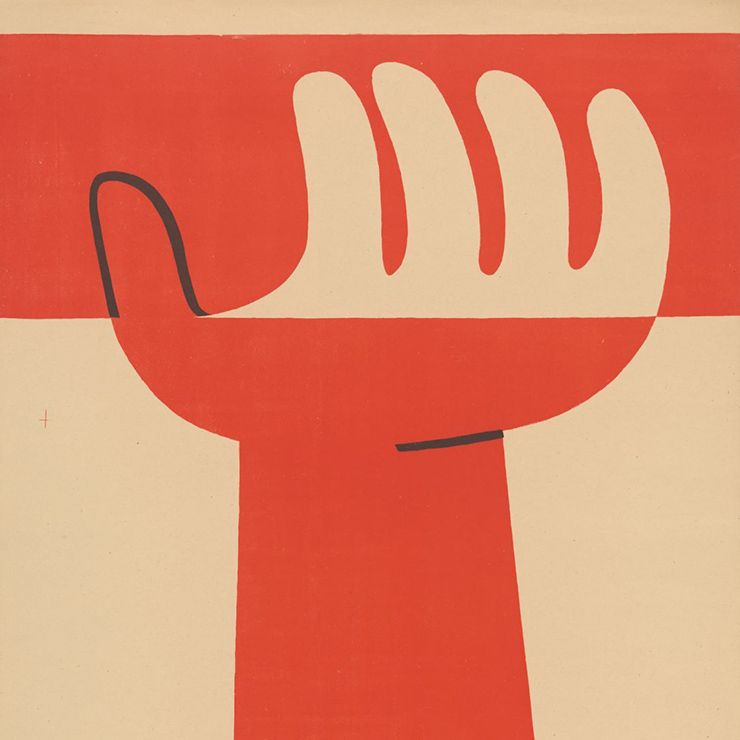
Otl Aicher’s Poster displays for the Ulmer Volkshochschule (Ulm Adult Education Centre).

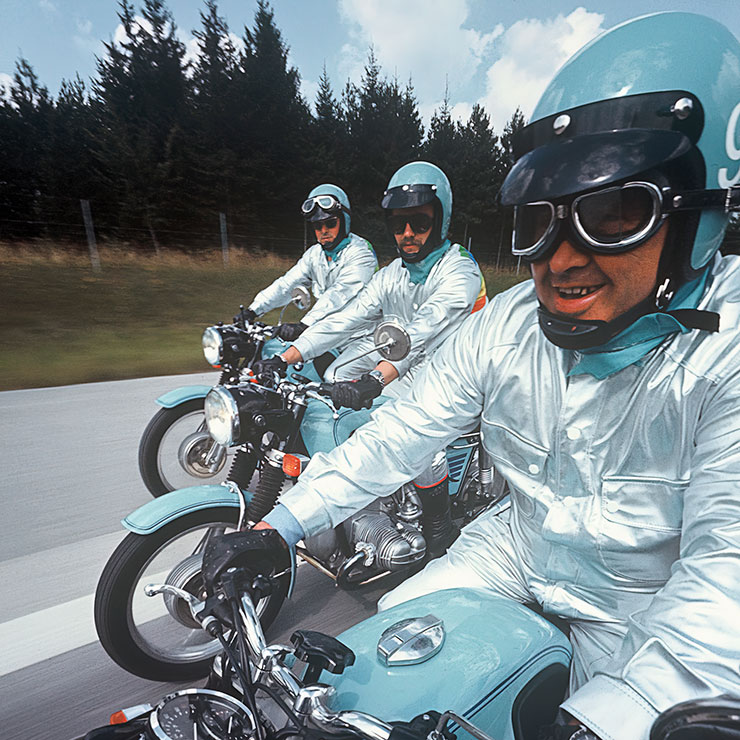
Technology: a central notion and fixed point of perspective in the work of Otl Aicher.
